The best smart lights: light up your life with smart bulbs and lamps
Smart bulbs, lamps, and strings for every room in your home
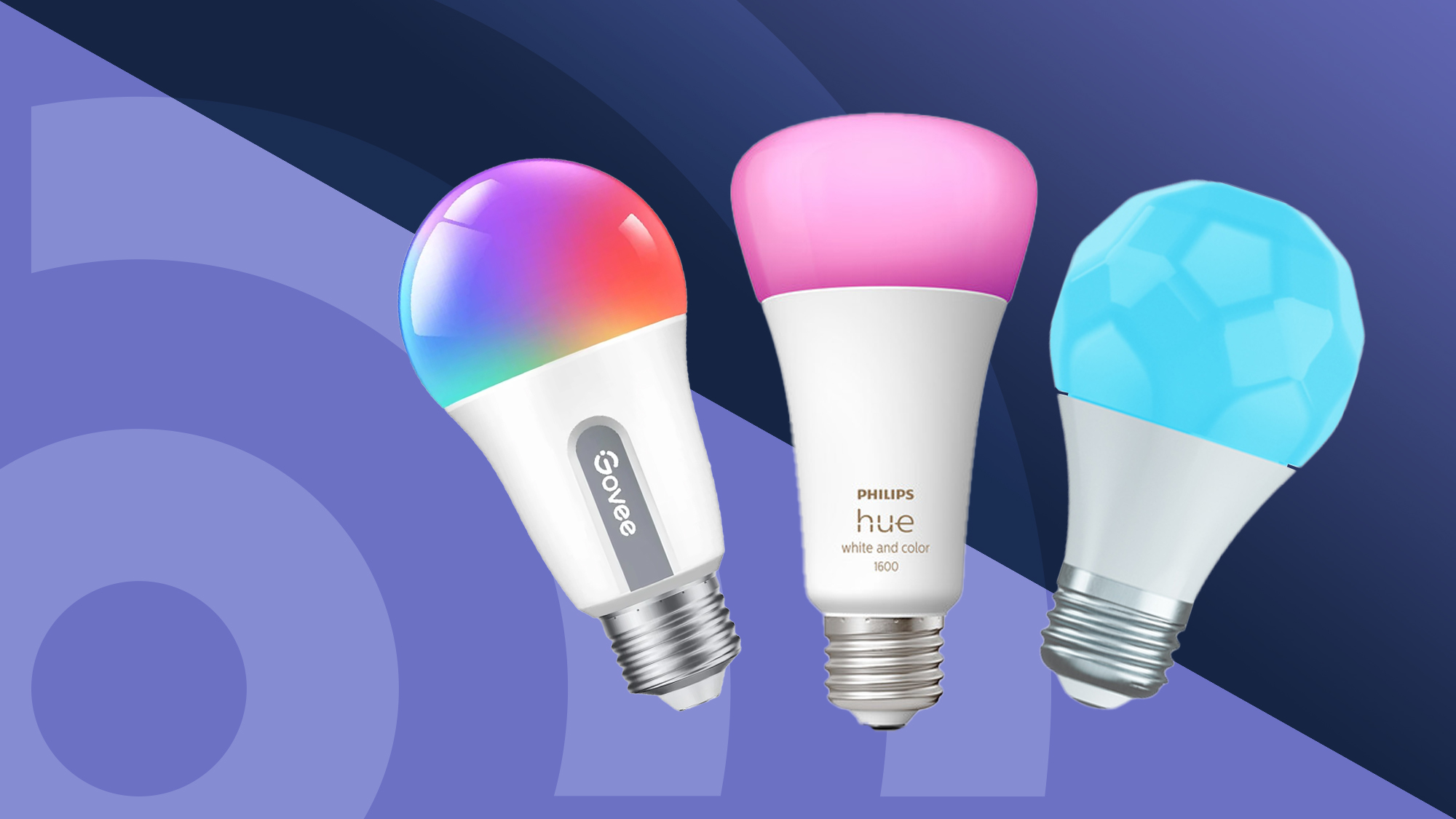
The best smart lights can completely transform your home, whether you fancy a bit of digital redecorating, want to control your lights with your smart speaker, or just want to make your gaming rig look even more awesome, There are smart bulbs, smart lights and smart lighting systems of every shape and every size, with options ranging from traditional lighting to more decorative and futuristic designs.
All of the best smart lights use LEDs, which means they're low energy: they deliver lots of light but they don't need lots of energy to do it and they don't run particularly hot either. That means they last a lot longer than old-school lights. And because they're smart you can control them via the best smart speakers or best smart displays or, of course, with your phone.
The best known smart light brand is Philips Hue, and you'll find many of their products here: Hue is a good brand that makes good products. But it's not the only option, and in recent years we've seen brands such as Wiz, Govee, Eufy, TP-Link, LIFX and even IKEA bring out really clever smart lighting systems – often for less money than the market leaders.
No matter what kind of smart lighting you're looking for or how much you want to spend, these are the best smart lights you can buy right now.
We're currently testing the new WiZ HDMI Sync Box with lightstrip, which launched in May 2025 as an affordable alternative to the popular Philips Hue Play HDMI Sync Box. We'll bring you a full review very soon so you can see how the budget option compares to its pricier counterpart.
The quick list
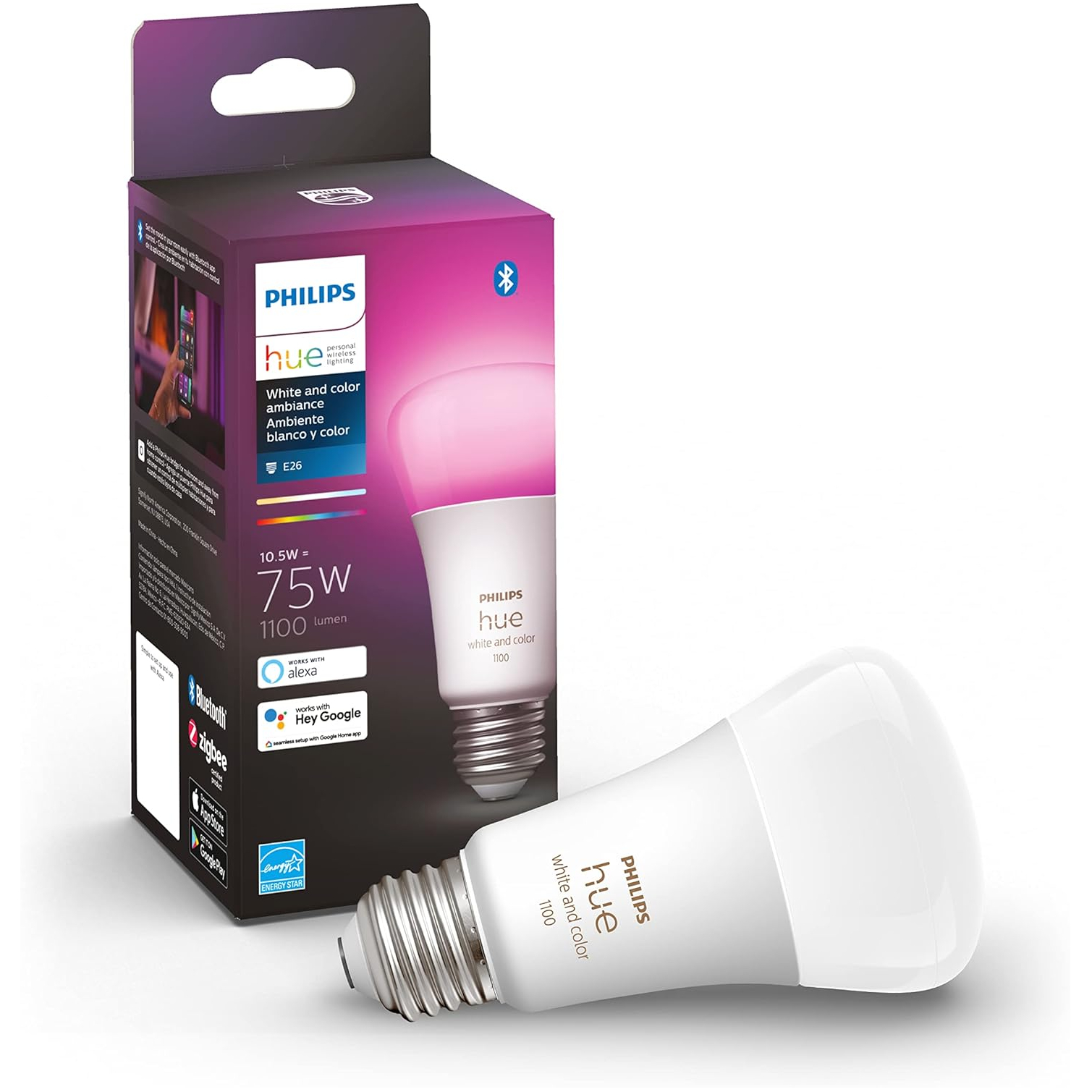
Best smart light system overall
Philips Hue is the biggest name in smart lighting, and for good reason. The quality of its hardware and software is unmatched, and you won't find a wider range of bulbs, lamps and light strips anywhere. If your budget can handle it, it's worth the price.
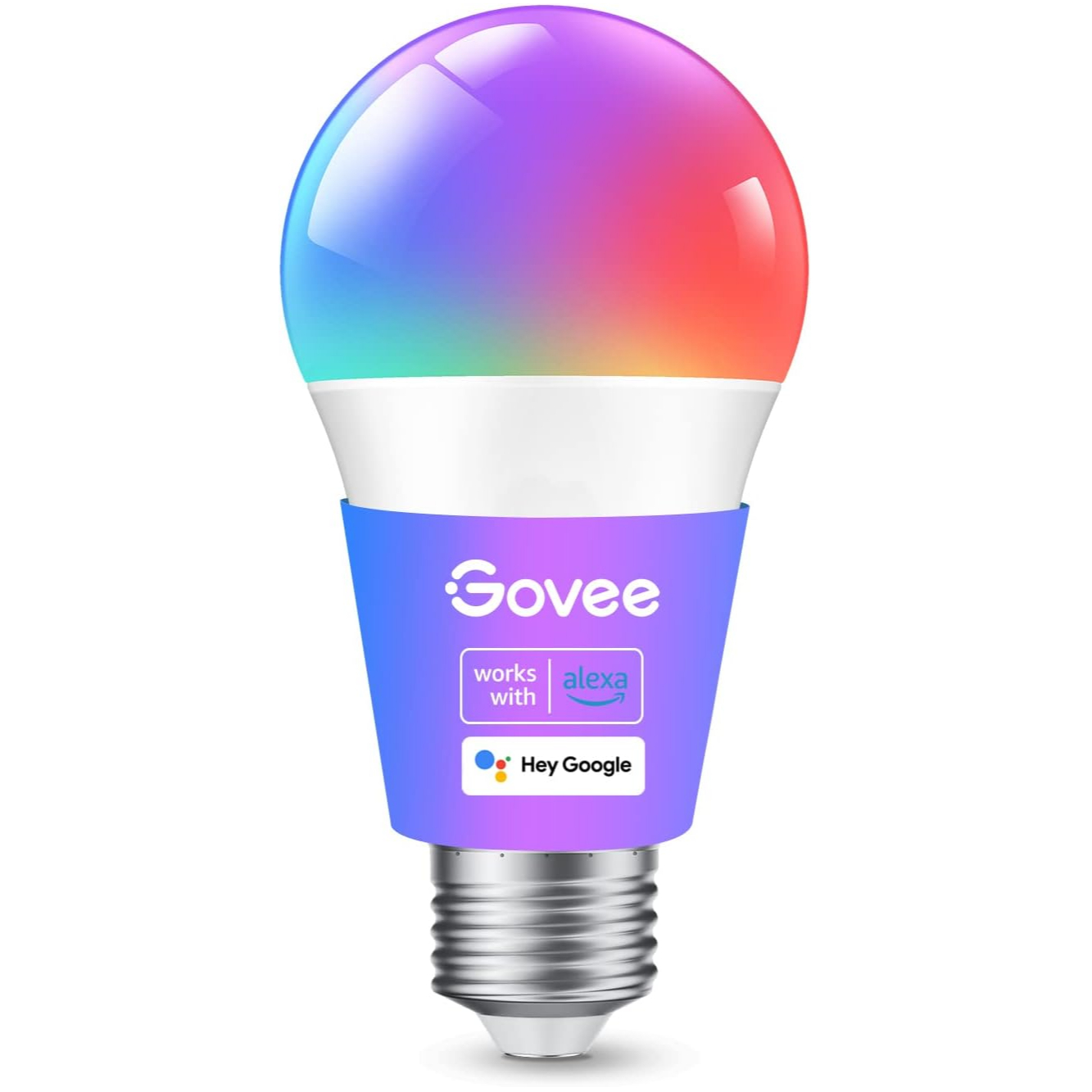
Best budget smart light
Looking for a color-shifting smart light that won't break the bank? Govee's Wi-Fi LED bulbs are responsive, and will work seamlessly with your Amazon-powered setup. They're not quite as bright as Philips Hue, but are a much more affordable way to add smart lighting to your whole home.
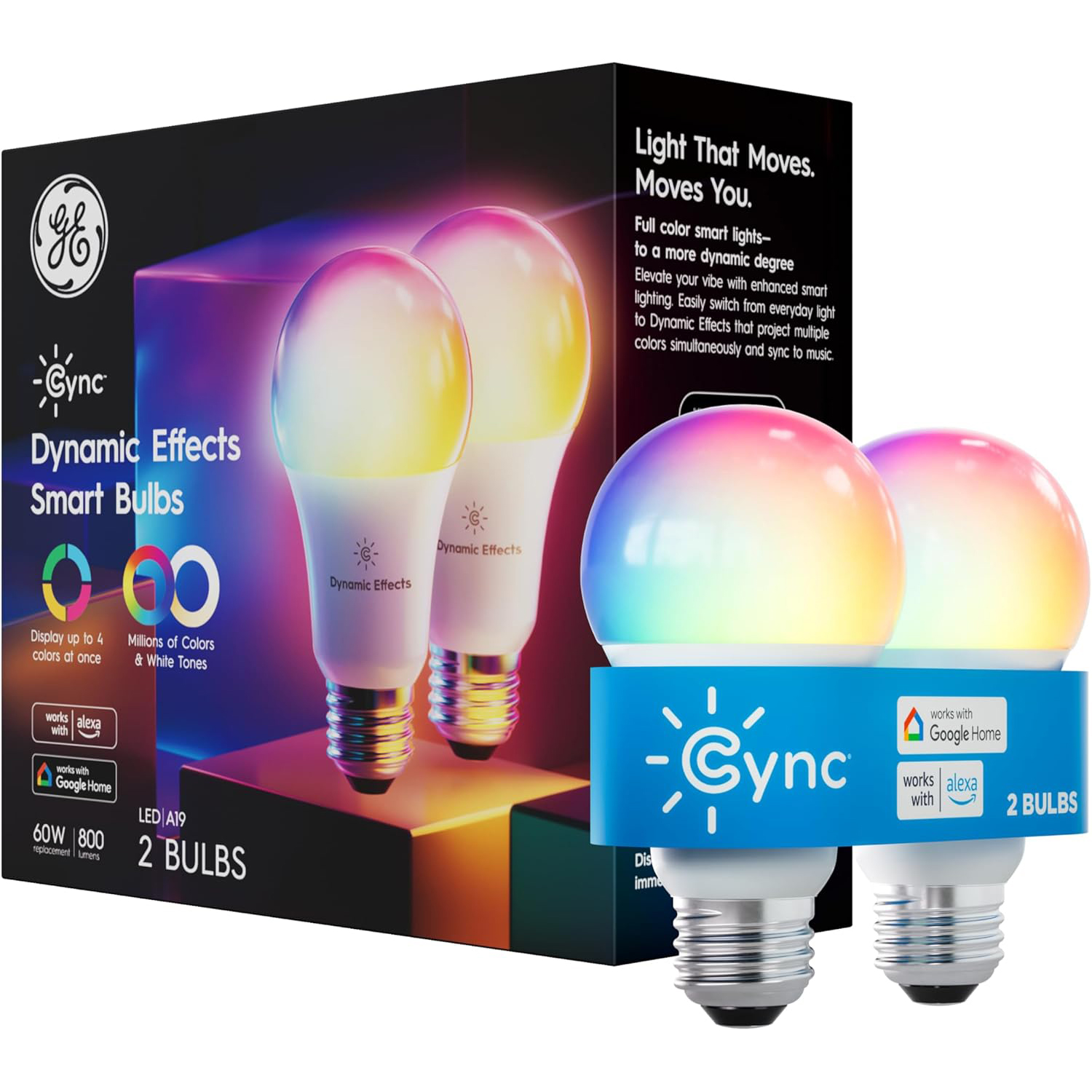
Best smart light for Amazon Alexa
During testing we found these bulbs super responsive whether controlled via their own app or Amazon Alexa. Unlike most smart light bulbs, these can display up to four colors at once, and sync to music without any extra hardware. They connect to Wi-Fi without a hub too, which is very useful.
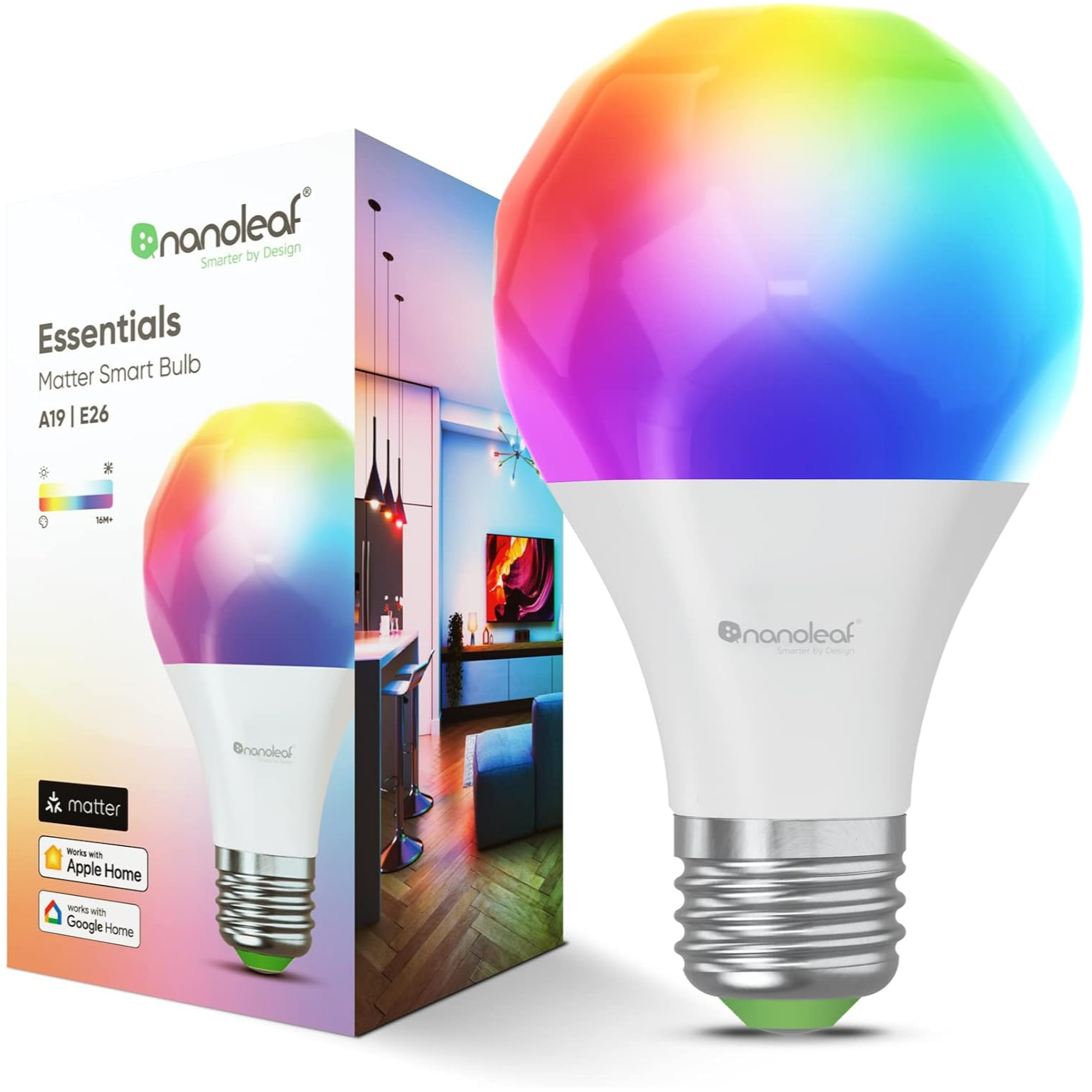
Best smart light for Google Home
Nanoleaf has upgraded its excellent Essentials smart light bulbs with Matter compatibility, helping you build a future-proof smart home setup whether you're using Google Home, Alexa, or Apple HomeKit. Affordable and colorful, though again, not as bright as the equivalent from Philips Hue.

Best smart light for your TV
Set the mood with a smart lighting system that uses a camera to extend what's on your screen by projecting light onto the walls. We found it a great affordable alternative to a Philips Ambilight TV. Great for movies and gaming.
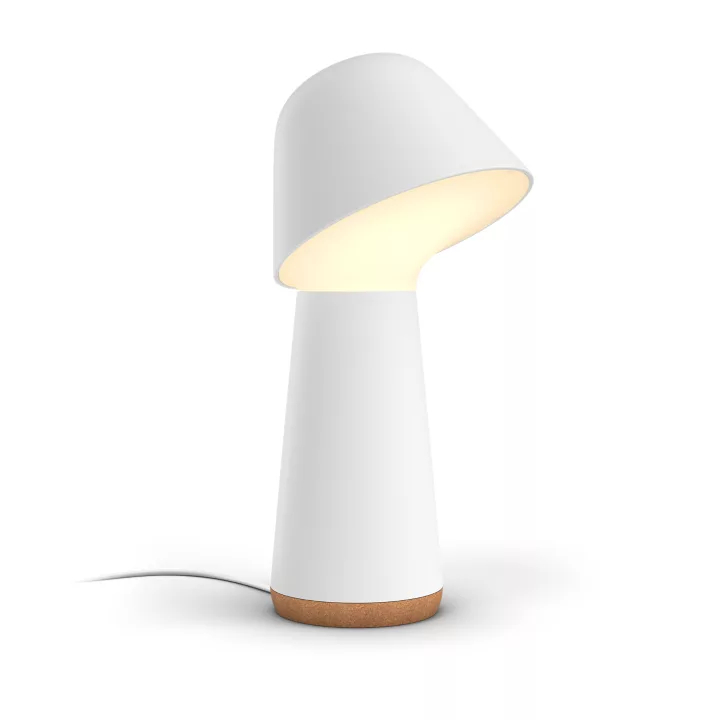
Best smart light for your bedroom
This stylish little bedside lamp offers the most natural sunrise effect of any wake-up lamp we've tested here at TechRadar, starting with a very dim blue light and gradually increasing in brightness and warmth to rouse you gently. Its night-time light scenes are excellent for helping you unwind, too.
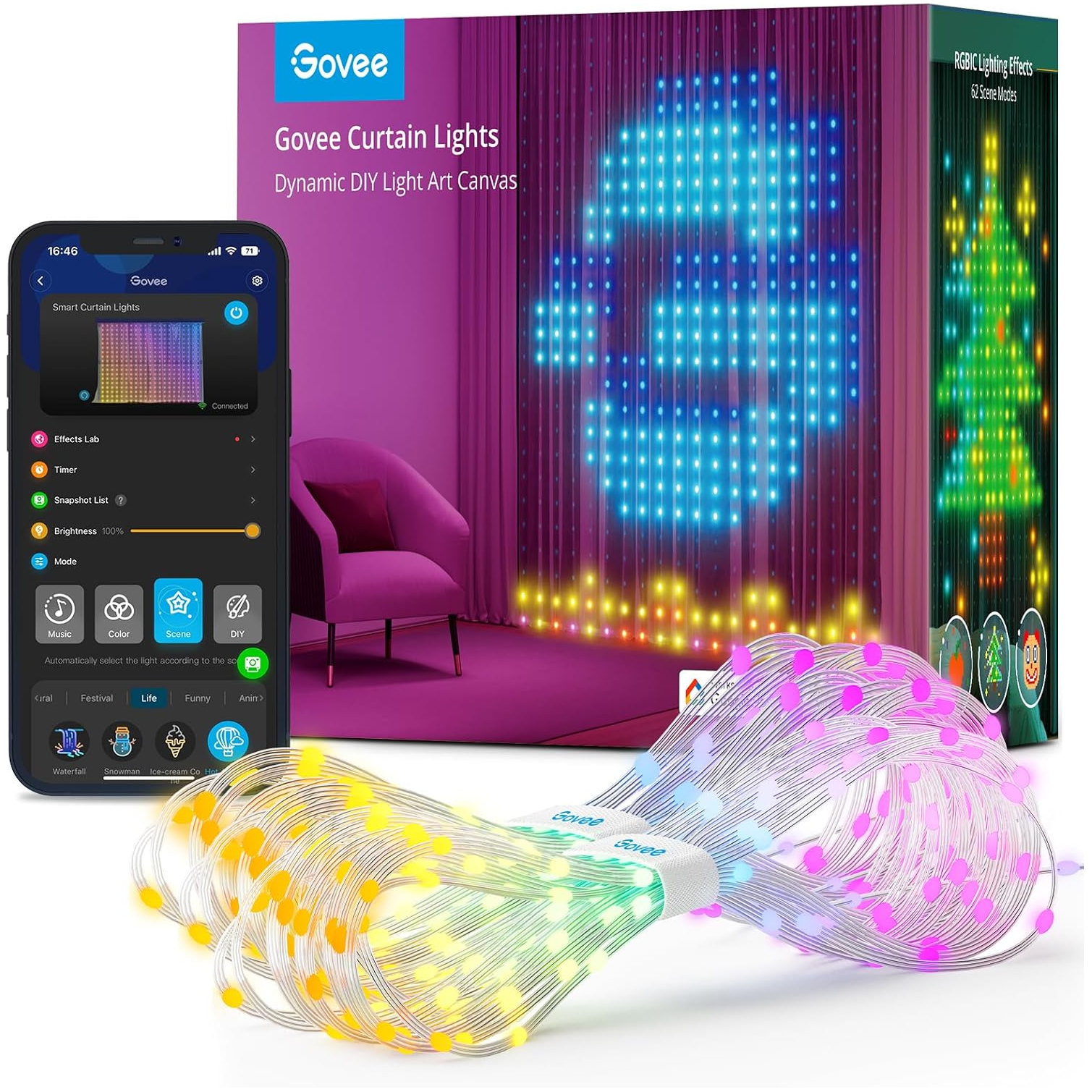
Best smart Christmas lights
Govee's dangling strings of smart lights are a fun addition to your Christmas decor, capable of displaying patterns, solid lights, or animated images. We had fun with them all year round too, using more subtle looks outside the festive season.
The best smart lights 2025
Why you can trust TechRadar
The best smart light system overall
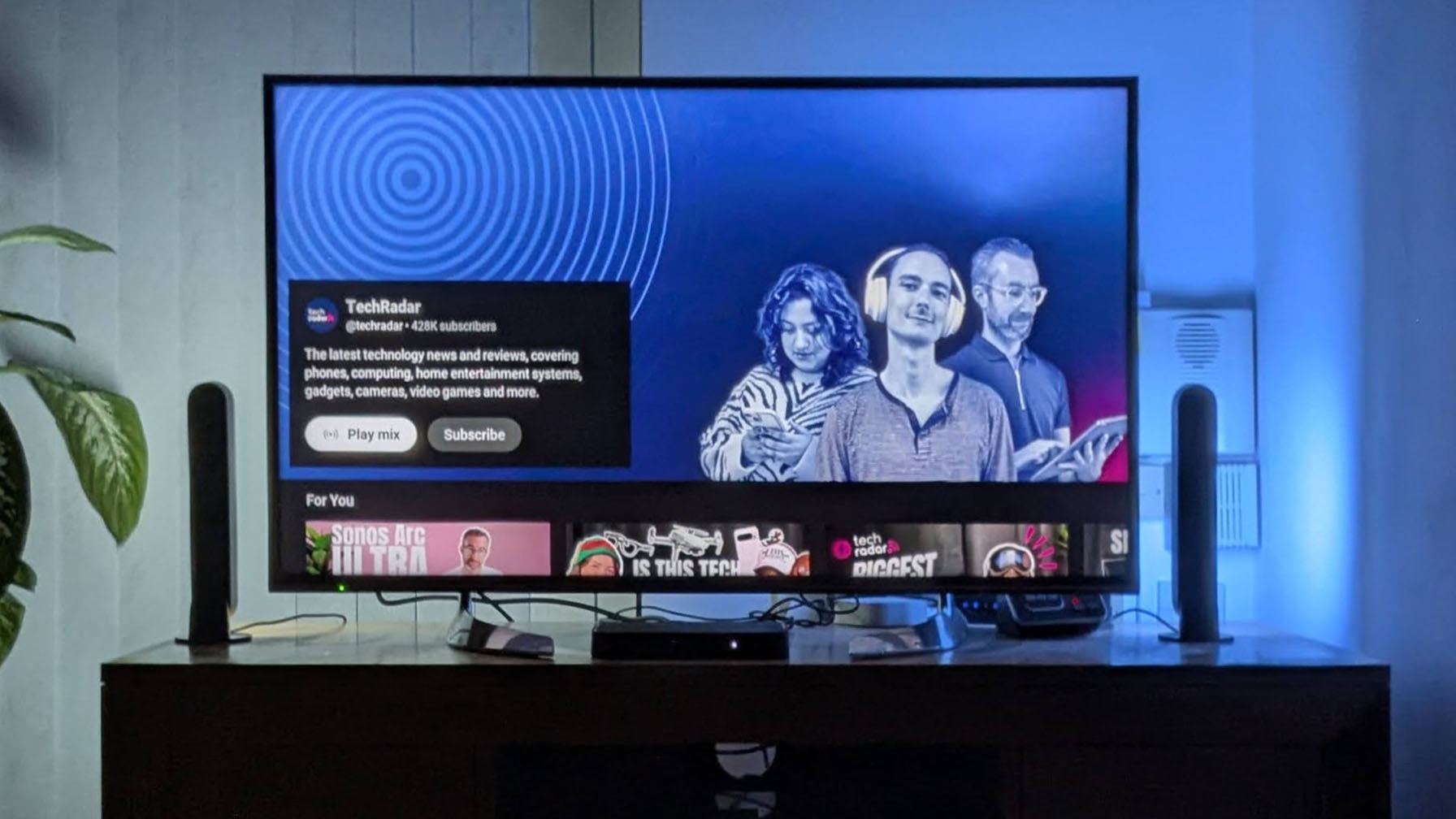
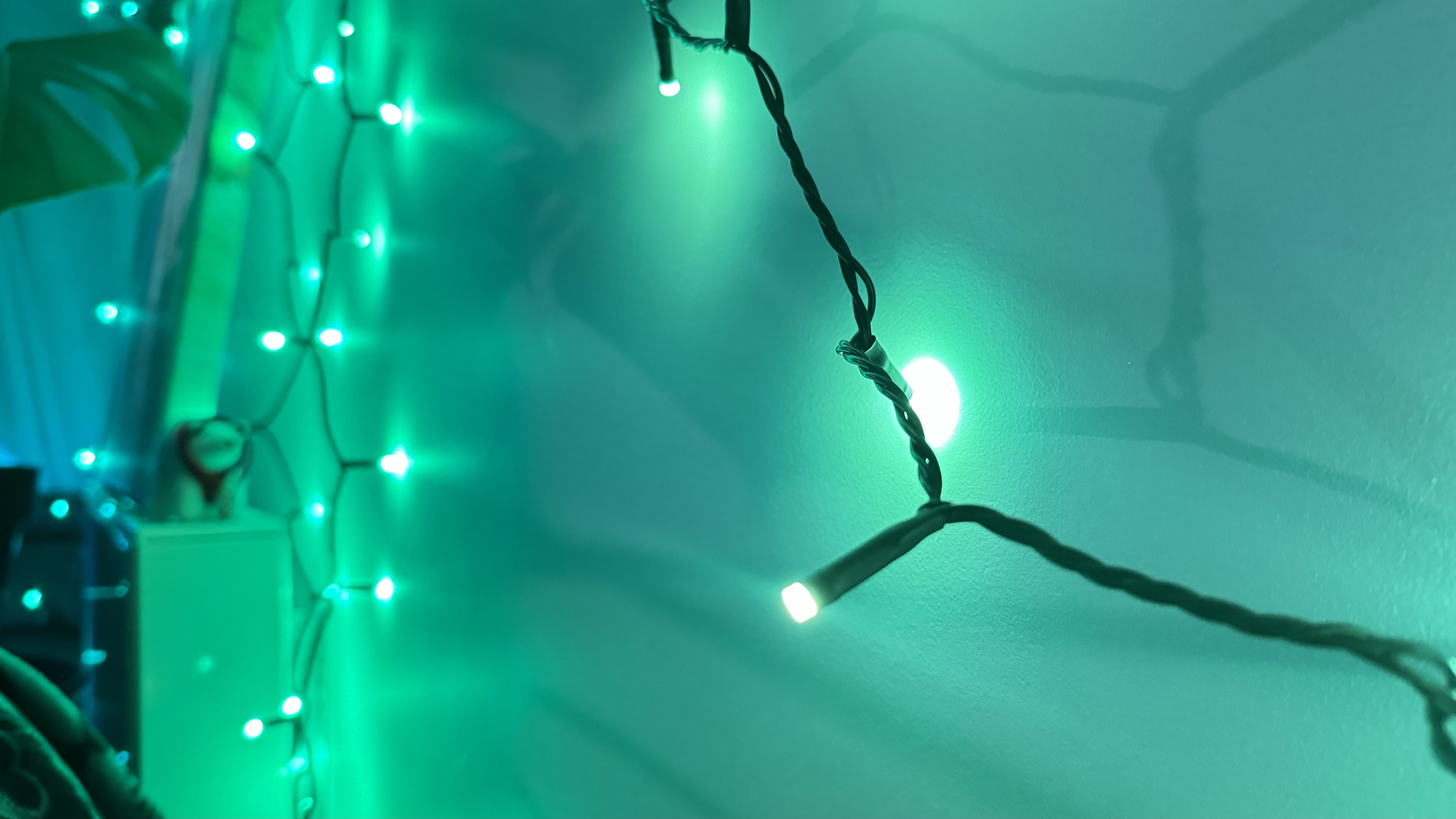
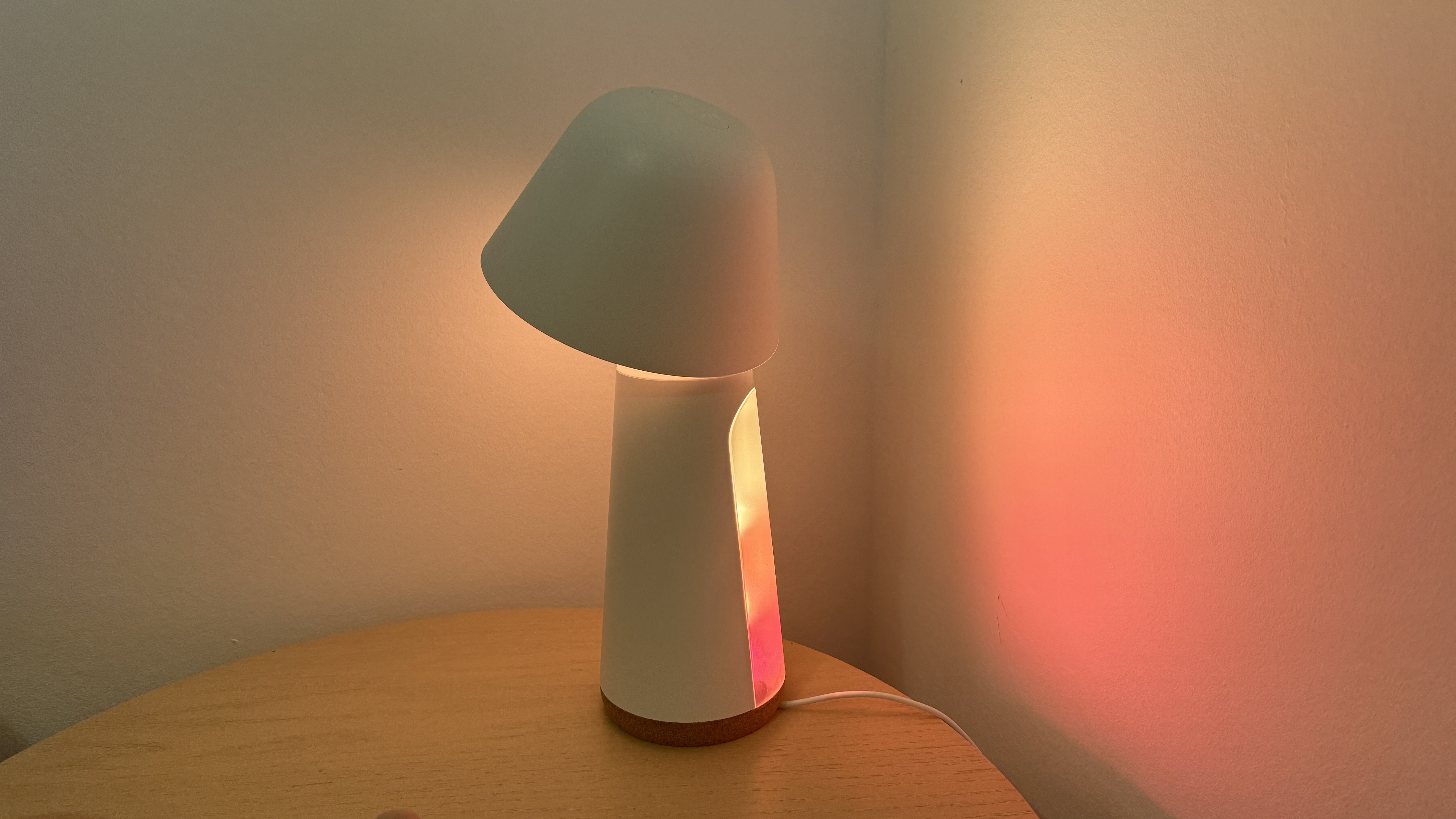
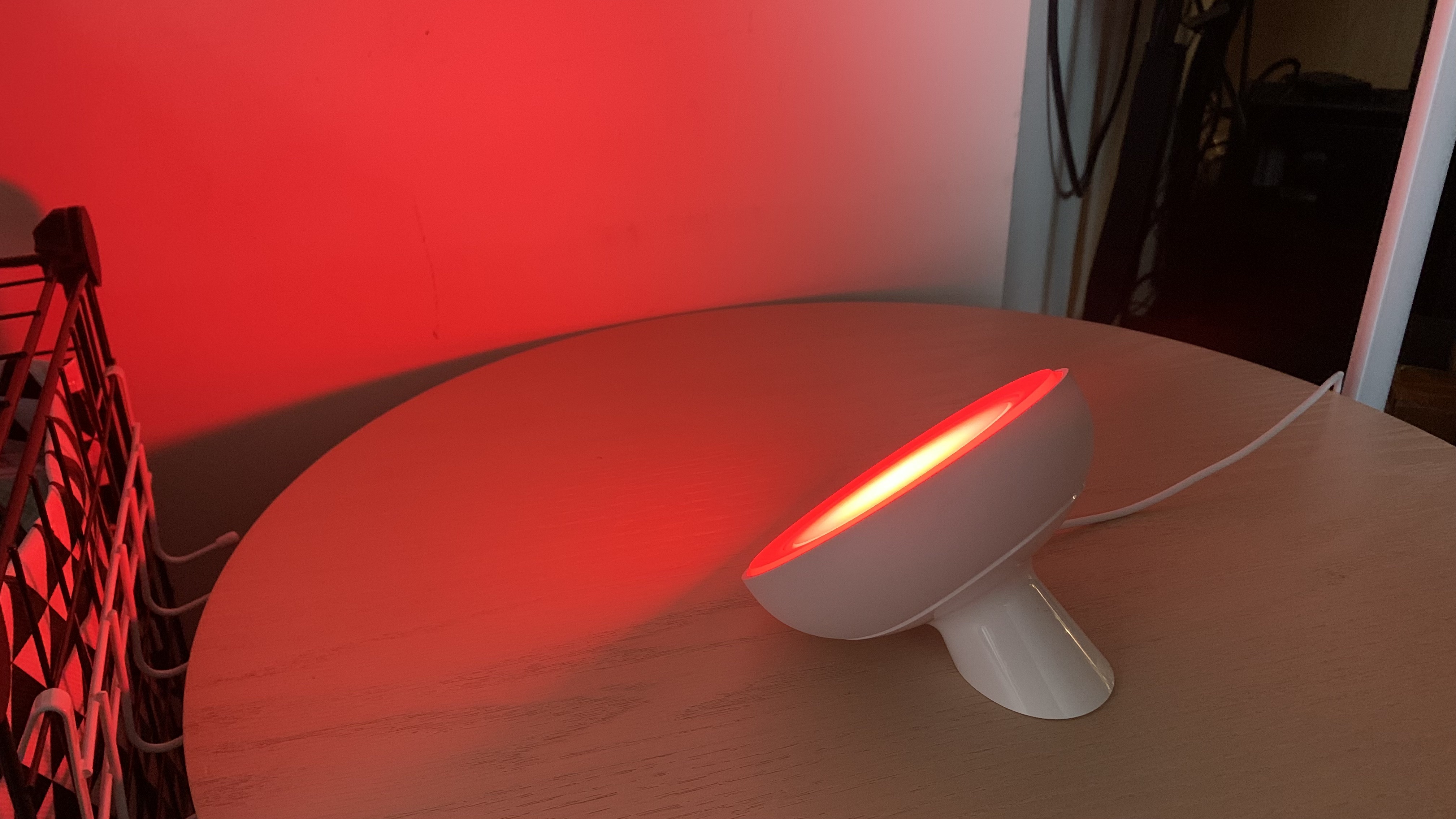
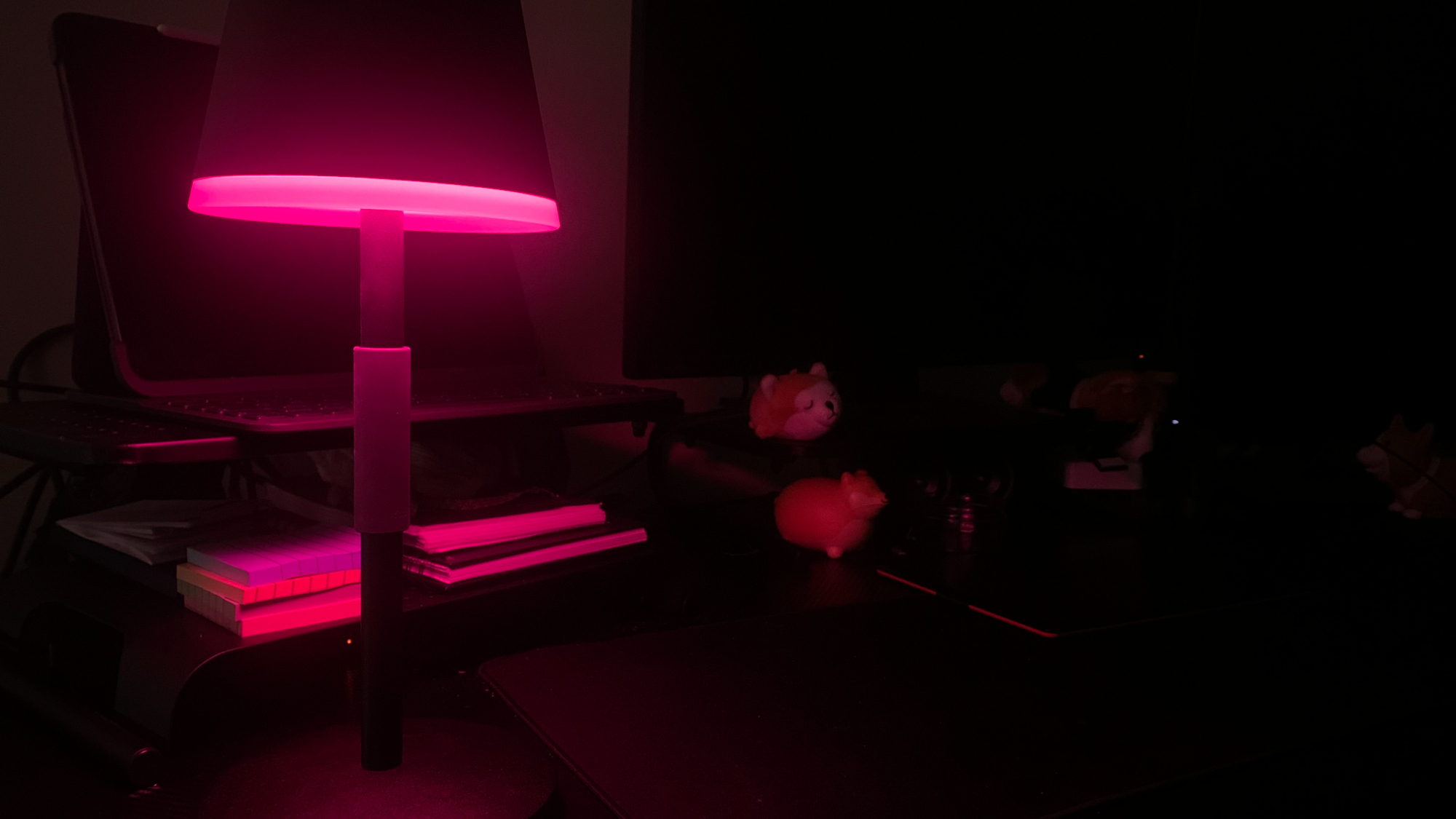
Specifications
Reasons to buy
Reasons to avoid
There's a very good reason why Philips Hue is the biggest name in the smart lighting scene: it's without a doubt one of the greatest offerings to the market, and has held the top spot in our guide for the best smart lights for several years. The lights produce the most natural tones of any smart lighting we've used, the app is easy to use, and installation is a piece of cake.
There's a wide range of different smart lighting too; from color (with 16 million shades) and white bulbs (both solid and ambient that offers a host of different hues) to side and ceiling lamps, outdoor lighting, and even Philips Hue lightstrips. We were also impressed the smart lights work with Alexa, Google Assistant, and HomeKit. With a Philips Hue Bridge, you can unlock Matter compatibility too.
That said, while the newer version of Hue Bulbs has Bluetooth built-in so you don't need a hub to set them up, the Hue Bridge ensures you can access all of the handy features such as geofences and the ability to customize when lights come on - for example at a set time, or when something happens (eg sunset or sunrise).
Read the full Philips Hue review
The best budget smart light
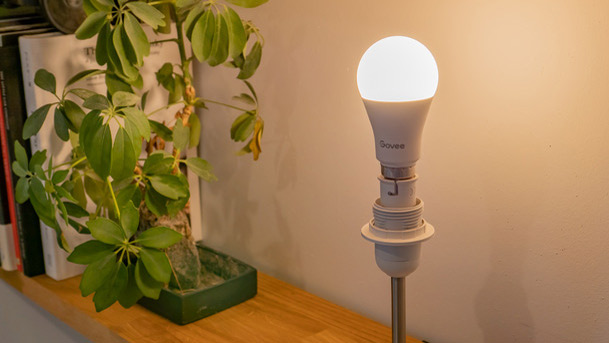
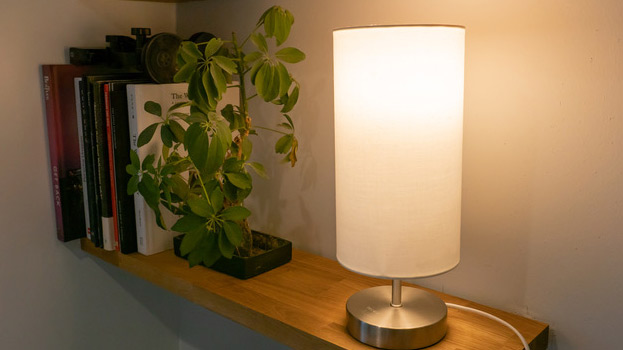
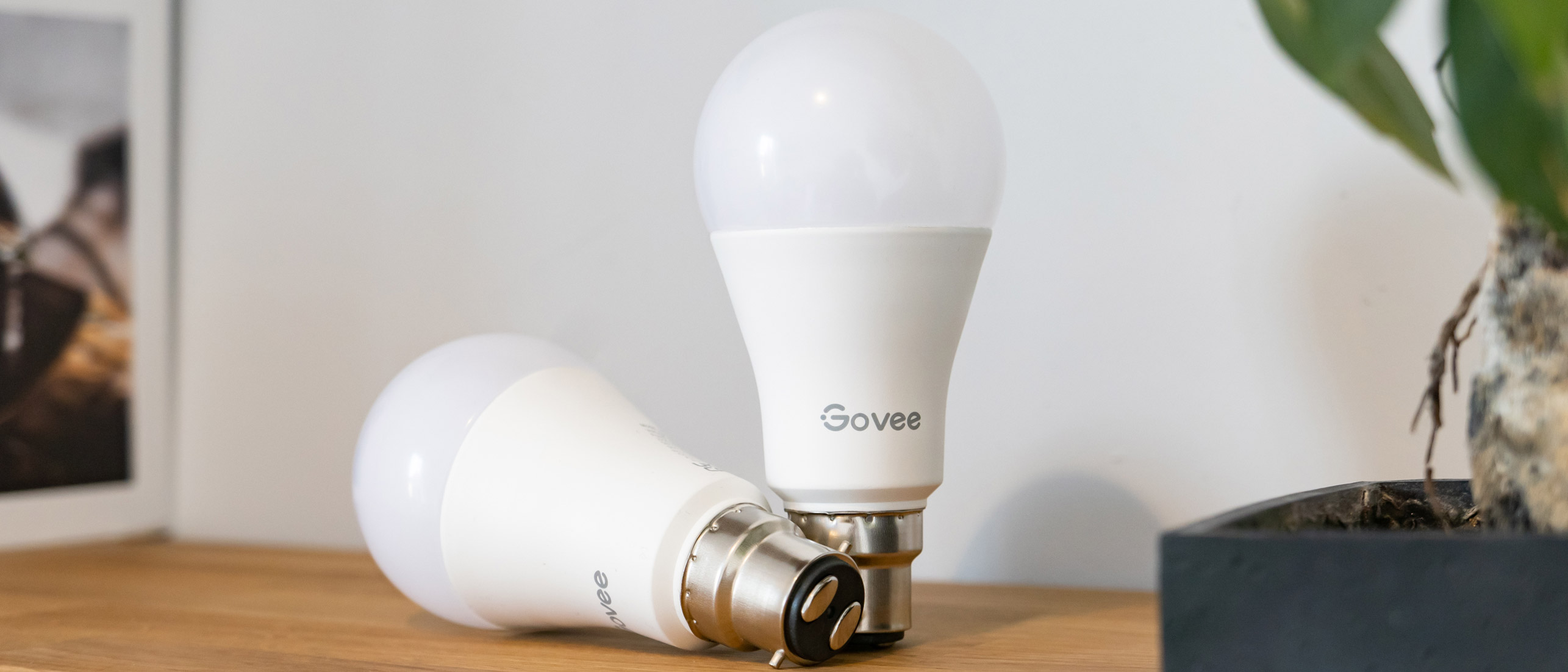
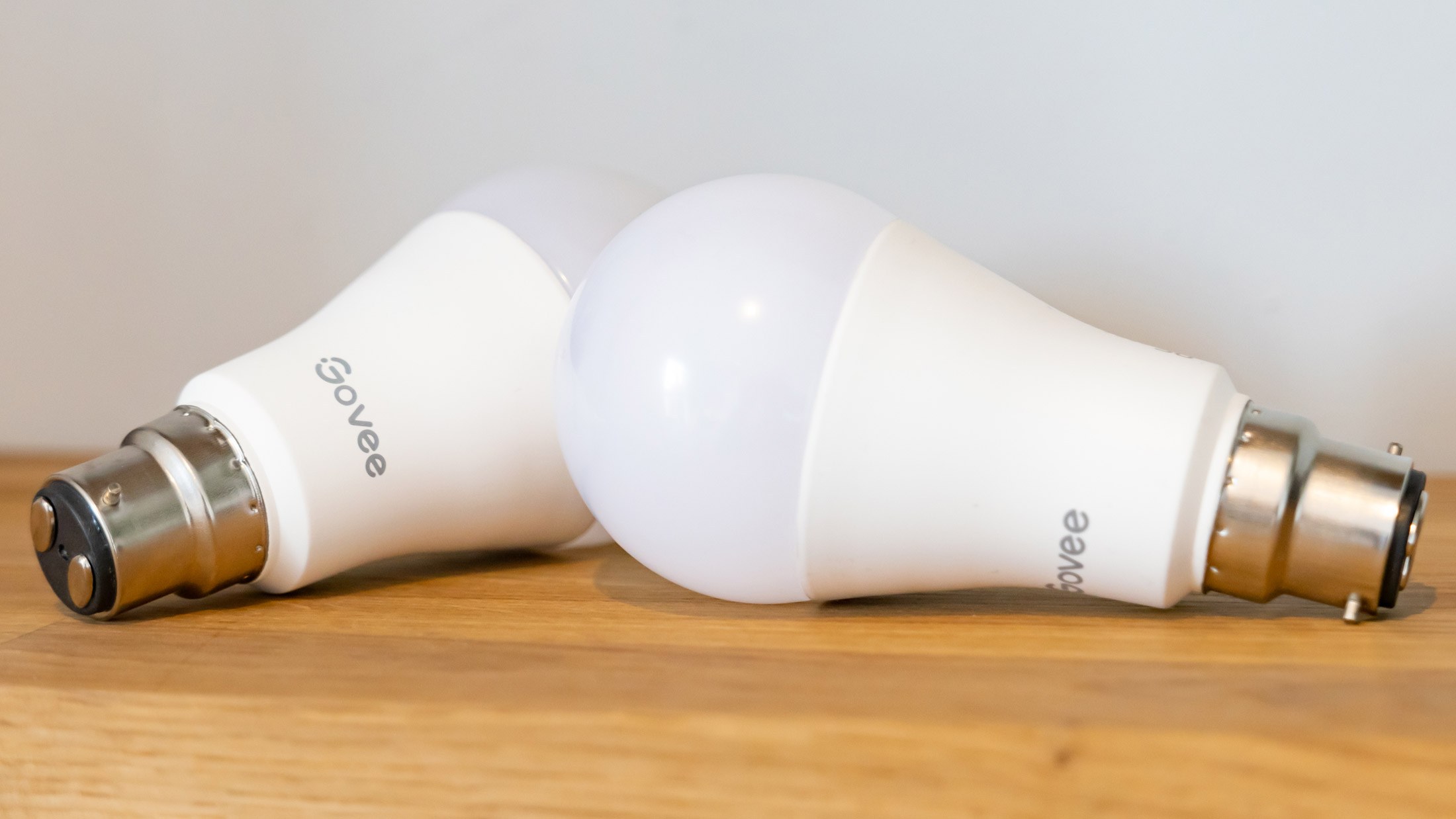
Specifications
Reasons to buy
Reasons to avoid
These Wi-Fi connected LED bulbs from Govee might not be as smart as the Nanoleaf Essential bulbs above, but they're considerably less expensive, meaning you can fit out your whole house without breaking the bank.
On test, the bulb was responsive when being controlled from the app, which we found simple to use. However, at this price there are some compromises. There's a limited selection of bulbs available and we found the bulb wasn’t as bright when displaying a color than when set to white or yellow.
Despite its brightness rating of 800 lumens being on par with other, more expensive smart bulbs, the Govee seemed a little dim when displaying bold colors. The bulbs were also fiddly to set up compared to other designs on the market.
Read our full Govee Wi-Fi LED Bulb review
The best smart light for Alexa
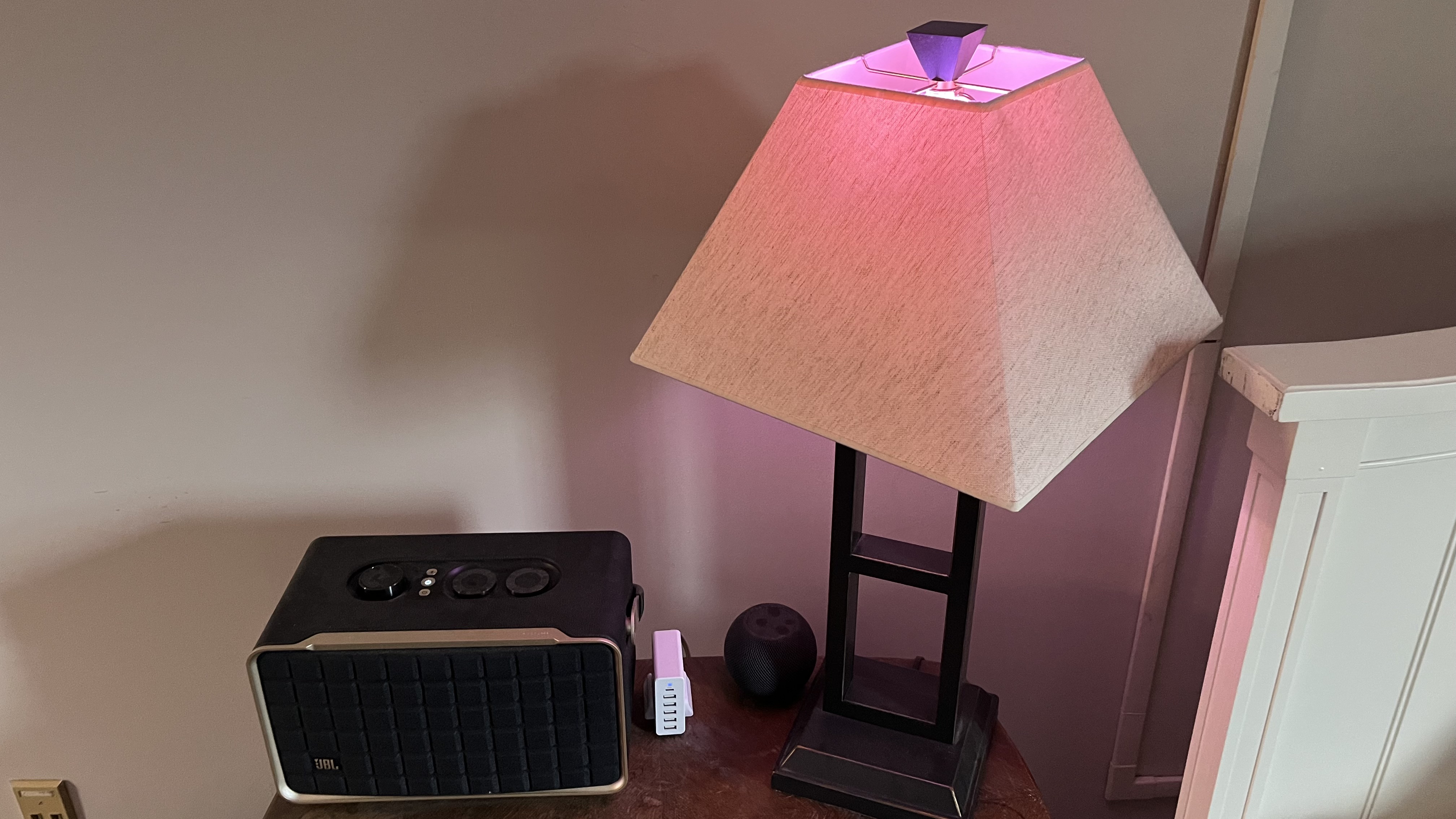
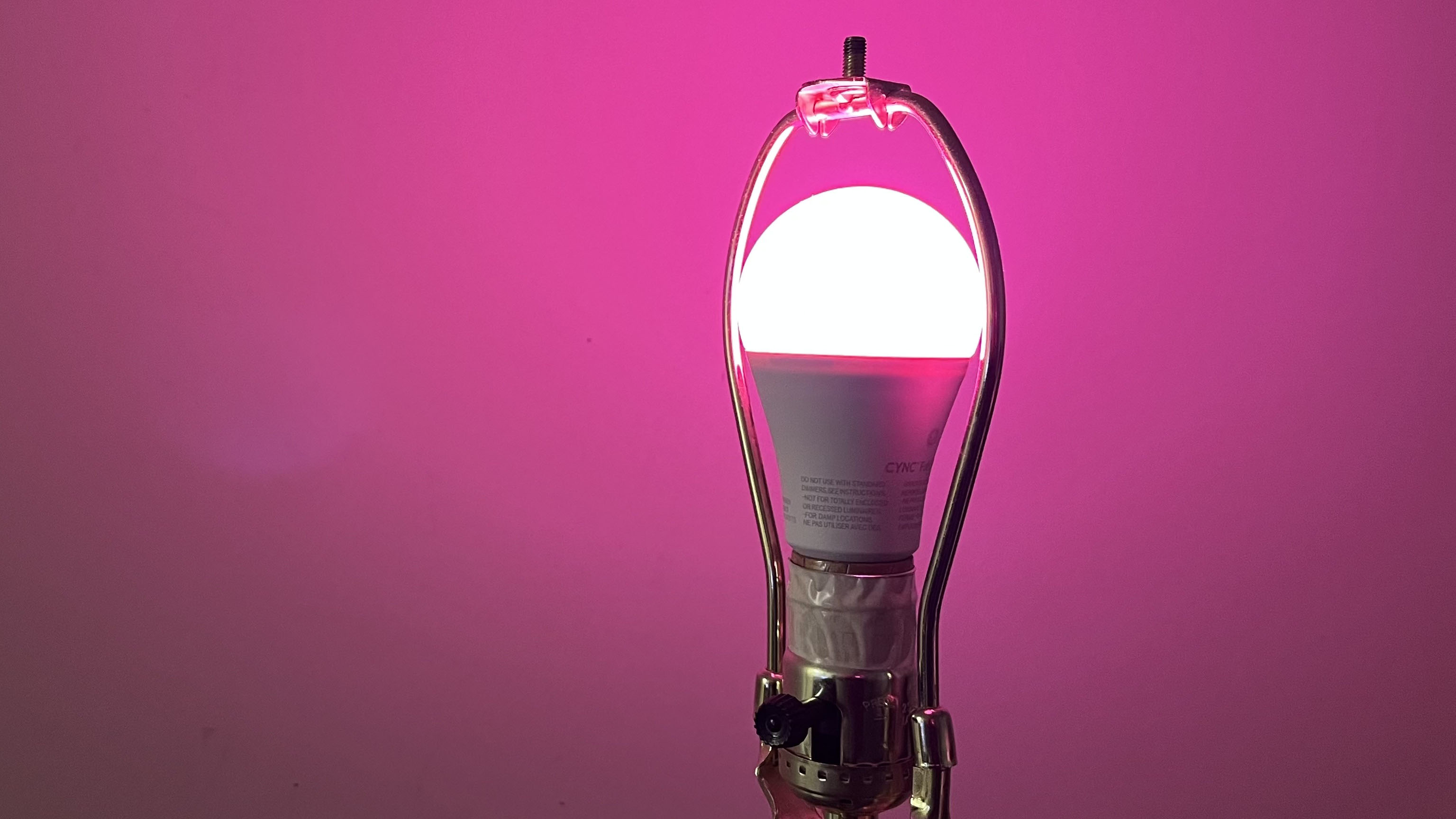
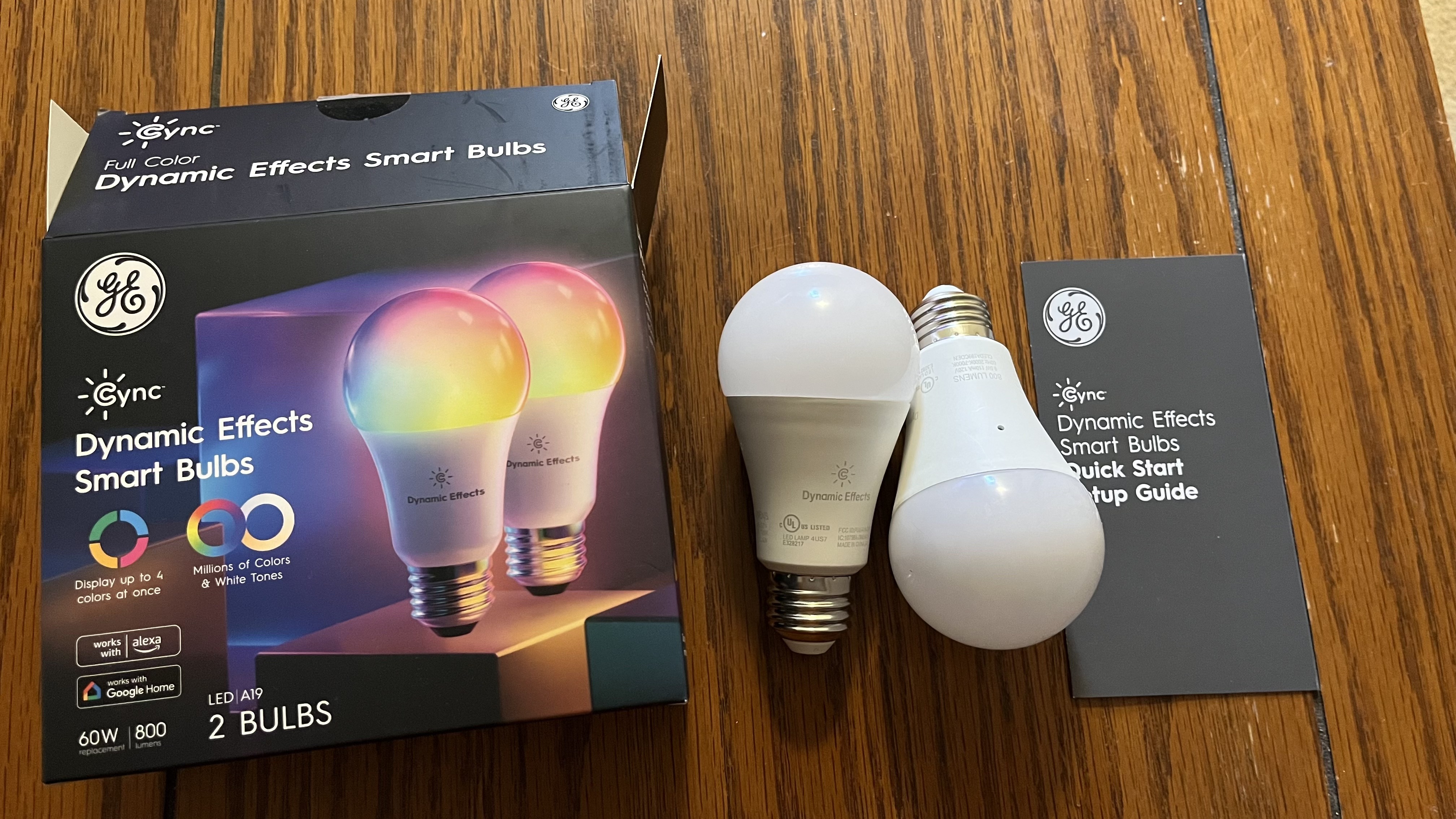
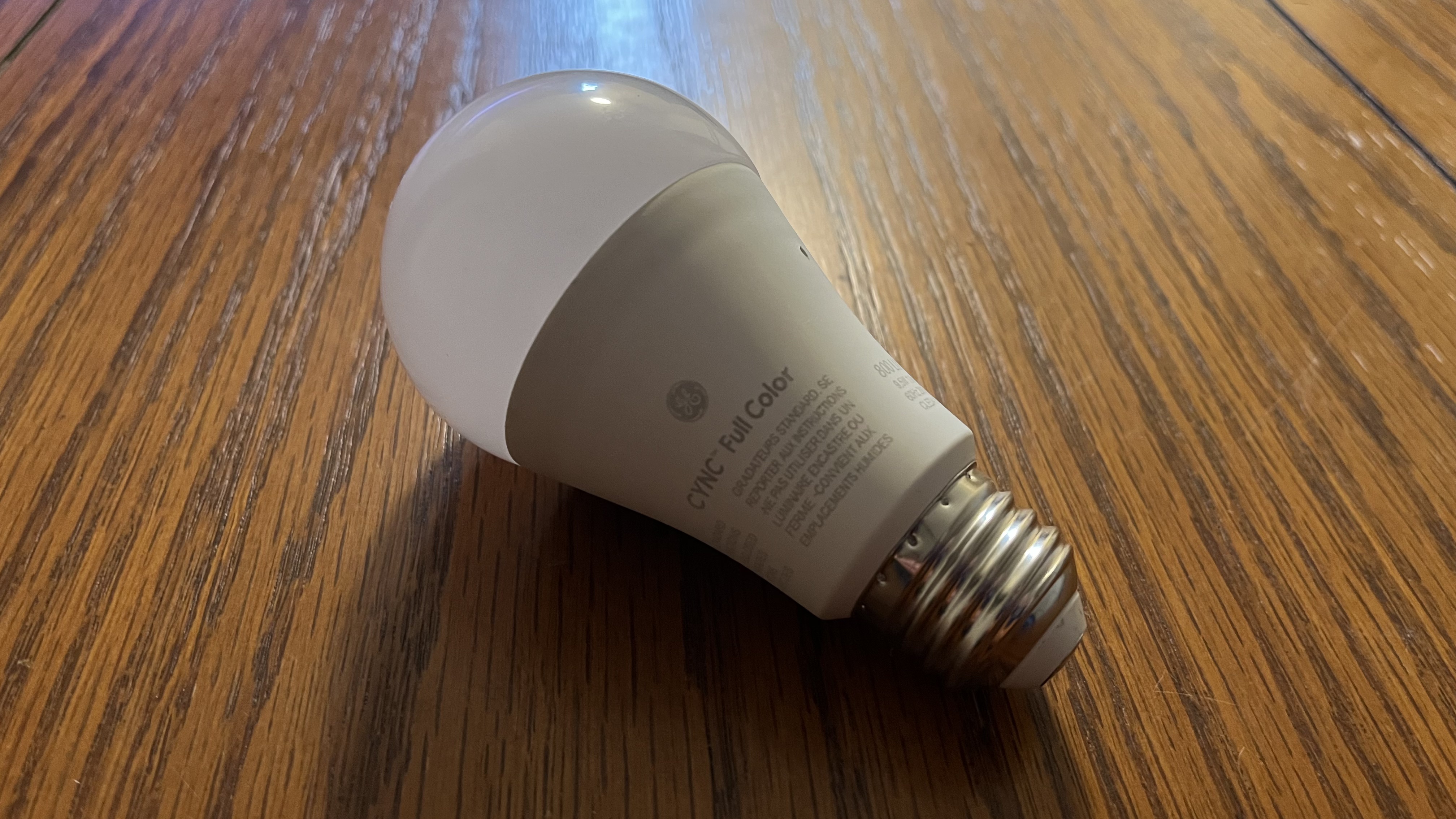
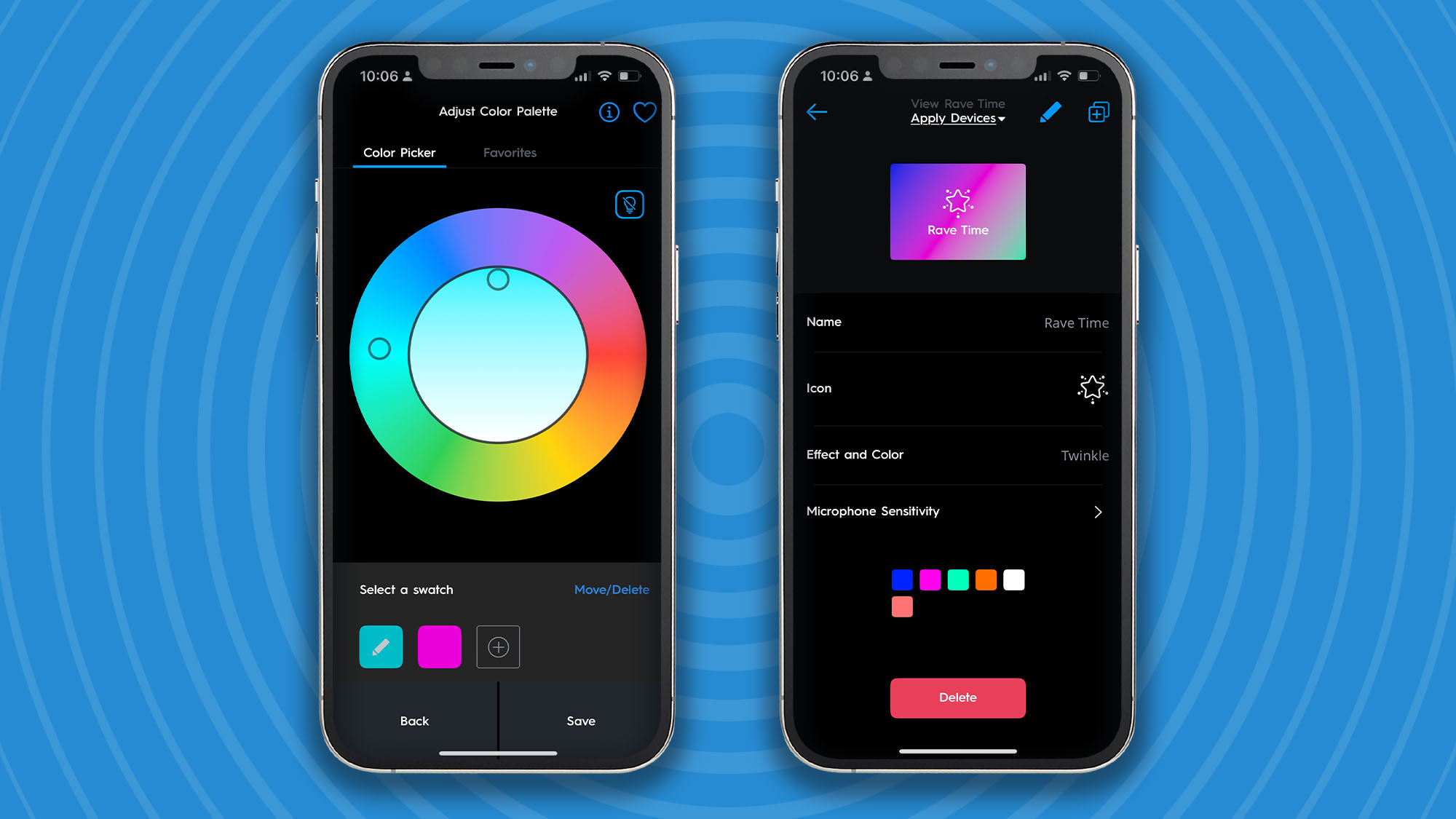
Specifications
Reasons to buy
Reasons to avoid
If you're looking for a smart light bulb to use with your Amazon Alexa smart speaker, this GE Cync model is well worth considering. Not only is it capable of displaying millions of different colors, a single bulb can show four different shades at the same time. Not only that, GE's light bulbs can connect to Wi-Fi directly without the need for an additional Wi-Fi hub, and they offer features like music-syncing built-in, so you can create a party atmosphere with just one bulb.
During our tests we found the CE Cycle Lighting Dynamic Effects Smart bulb quick to respond to commands, and its mobile app is nicely designed (important for those times when you're not controlling it with your voice).
These are excellent bulbs, and although they're not the cheapest option, they're good value (and twin-packs are often available for a discount at Amazon).
Read our full GE Cync Lighting Dynamic Effects Smart Bulb review
The best smart light for Google Home
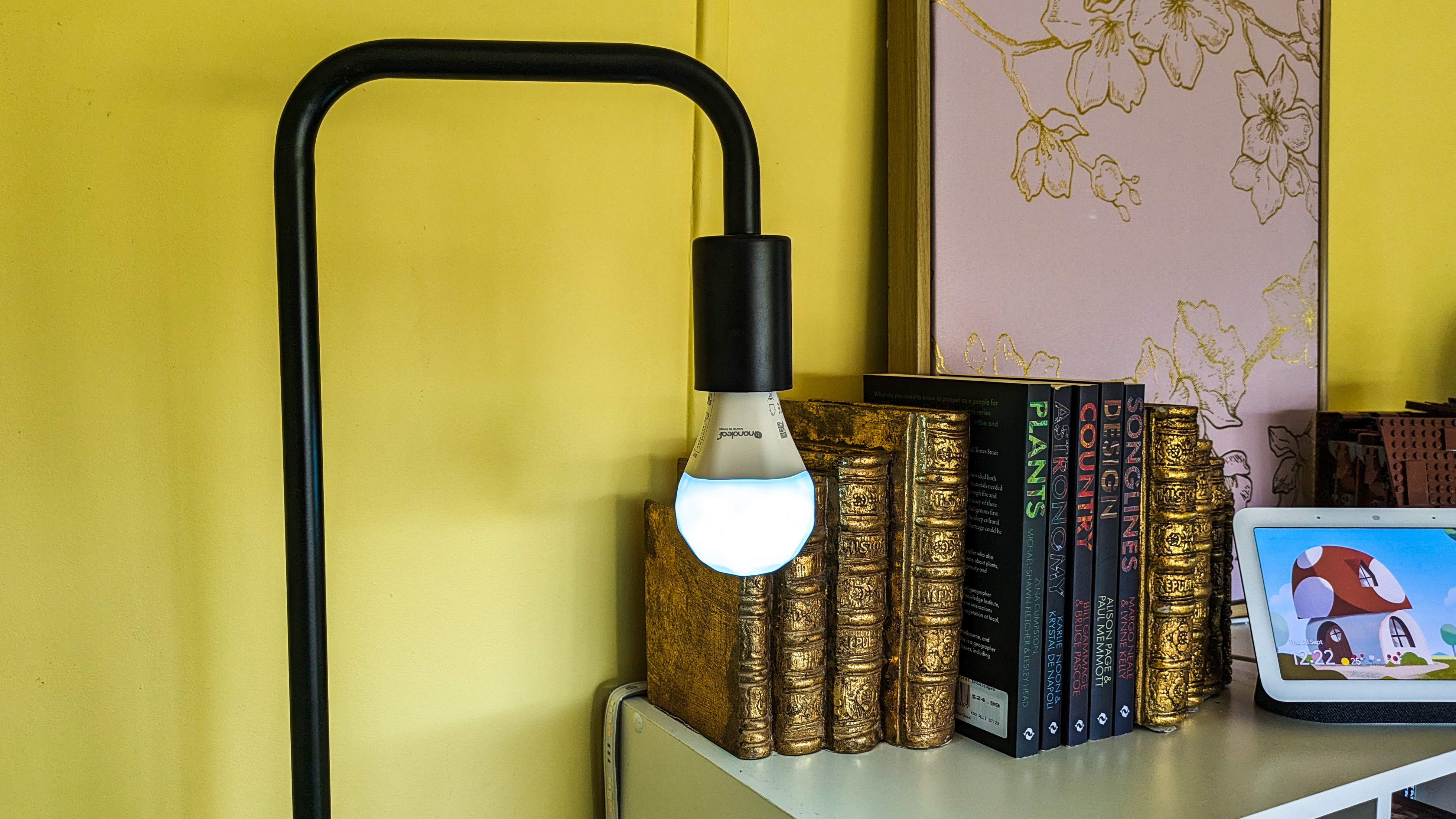
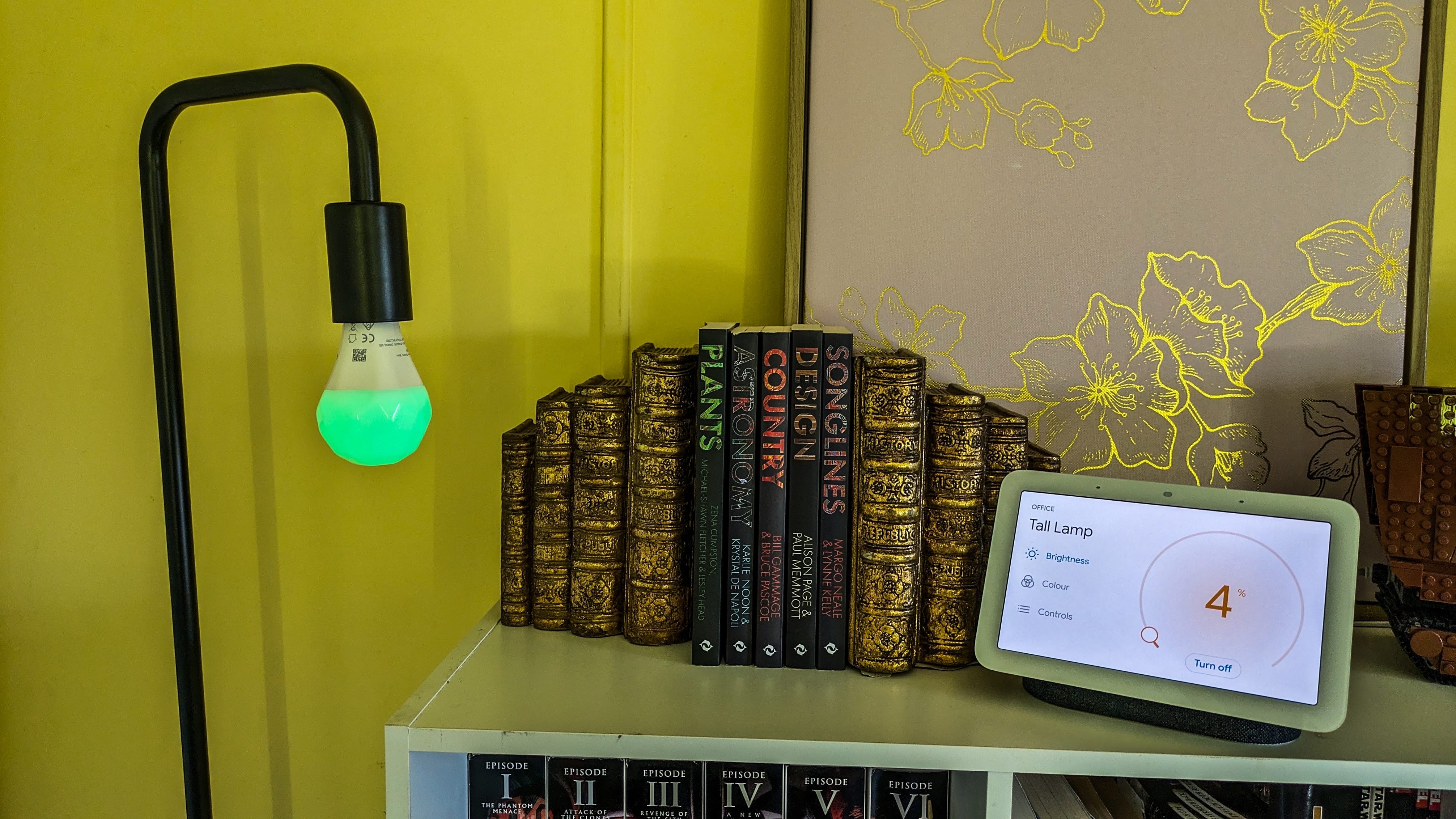

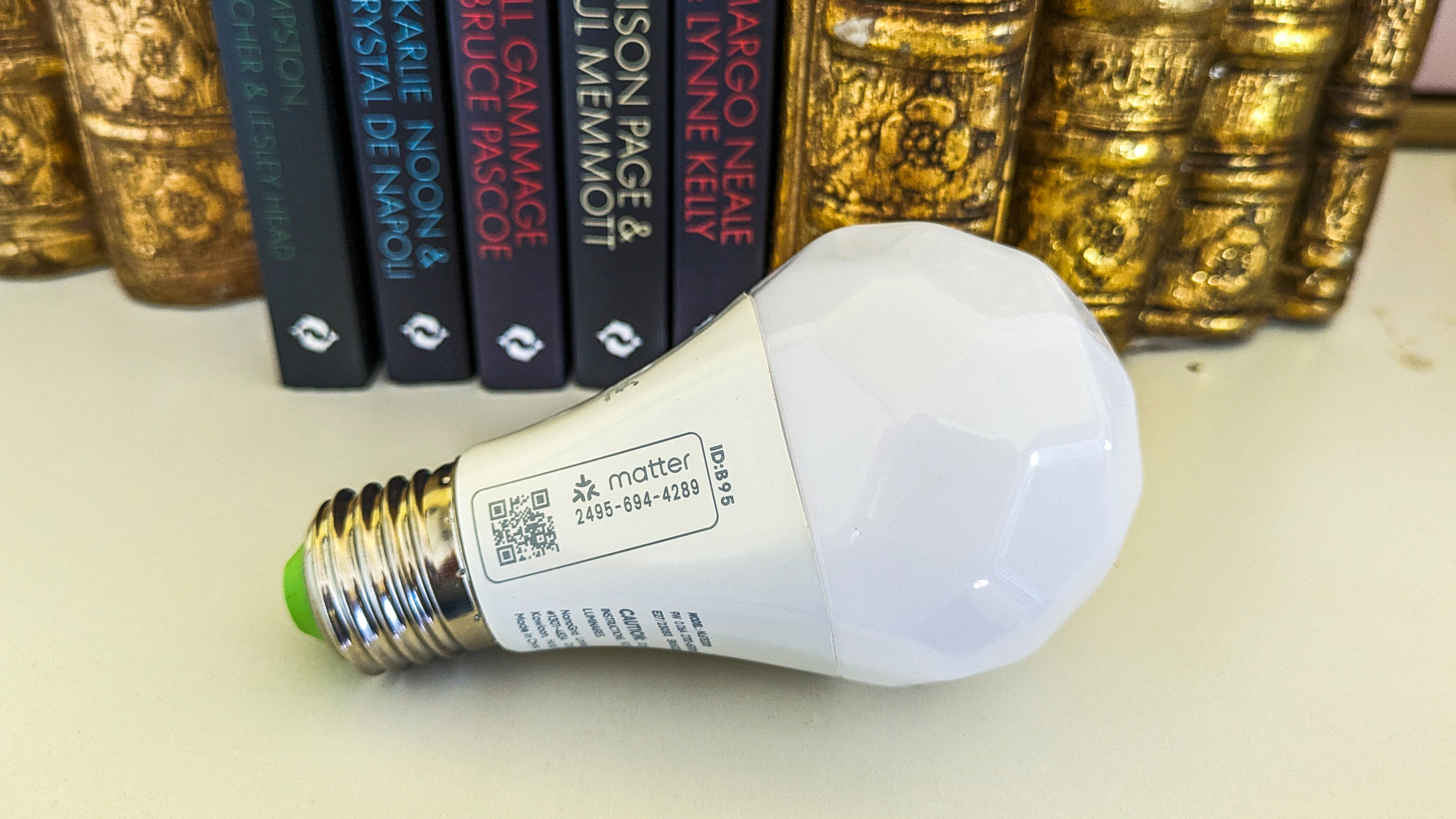
Specifications
Reasons to buy
Reasons to avoid
Looking for future-proof smart lightbulbs that will play nicely with your mixed and matched smart home setup? Nanoleaf has you covered. It's one of the first companies to add Matter compatibility to its bulbs, meaning they work seamlessly with Matter-enabled devices from any other brand.
Despite the connectivity upgrade, the new version of the Essentials bulb costs the same as Nanoleaf's previous iteration, making it one of the most affordable smart lights around. It works equally well, too. During testing we found that voice control works almost instantly and colors are impressive (though it's not quite as bright as the equivalent Philips Hue bulb).
The only downside we found was that the bulb isn't Apple HomeKit certified, so some features (like Apple Adaptive Lighting) won't work unless you have a device to serve as an Apple Home hub.
Read our full Nanoleaf Matter Essentials review
The best smart light for your TV

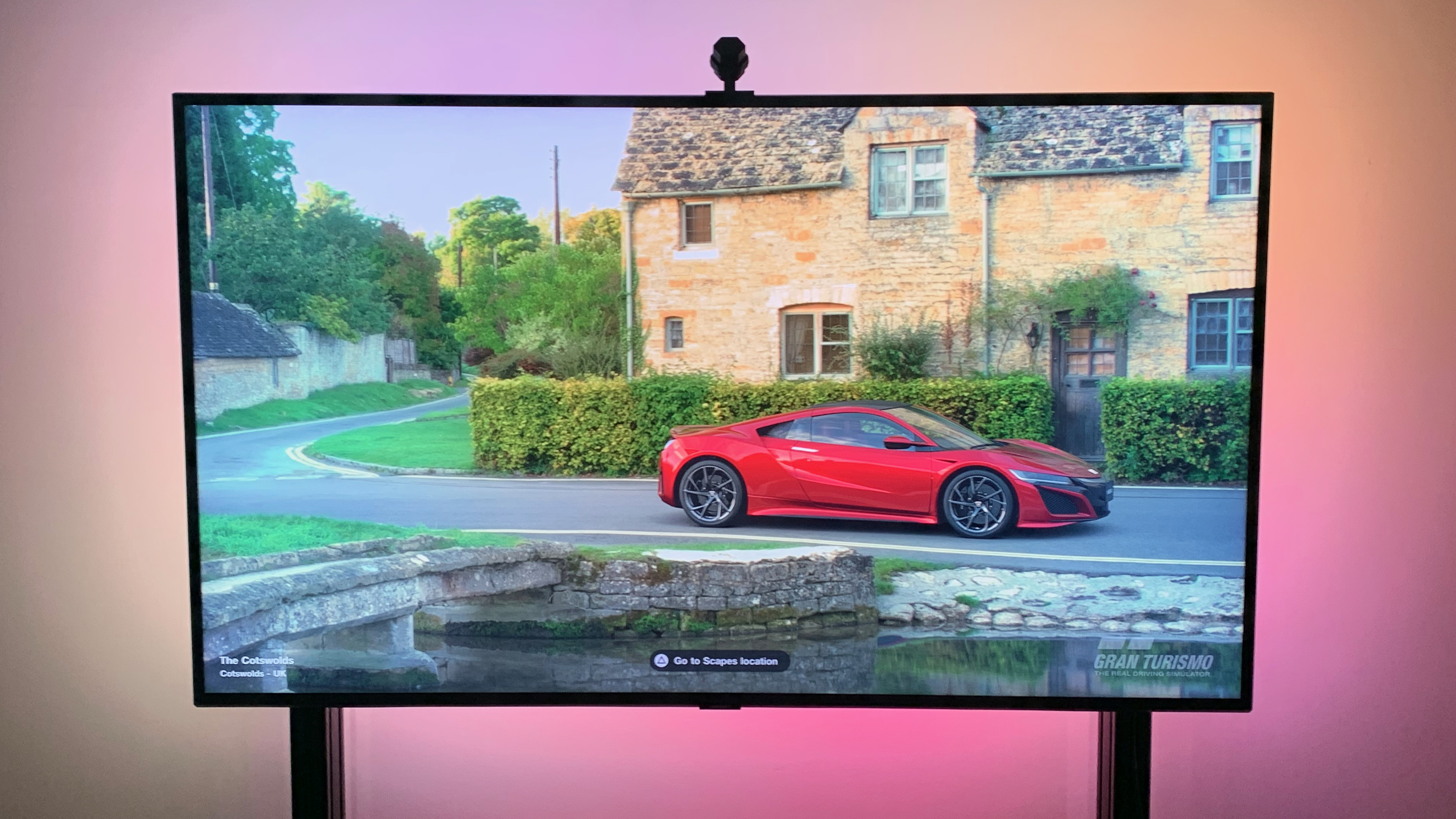
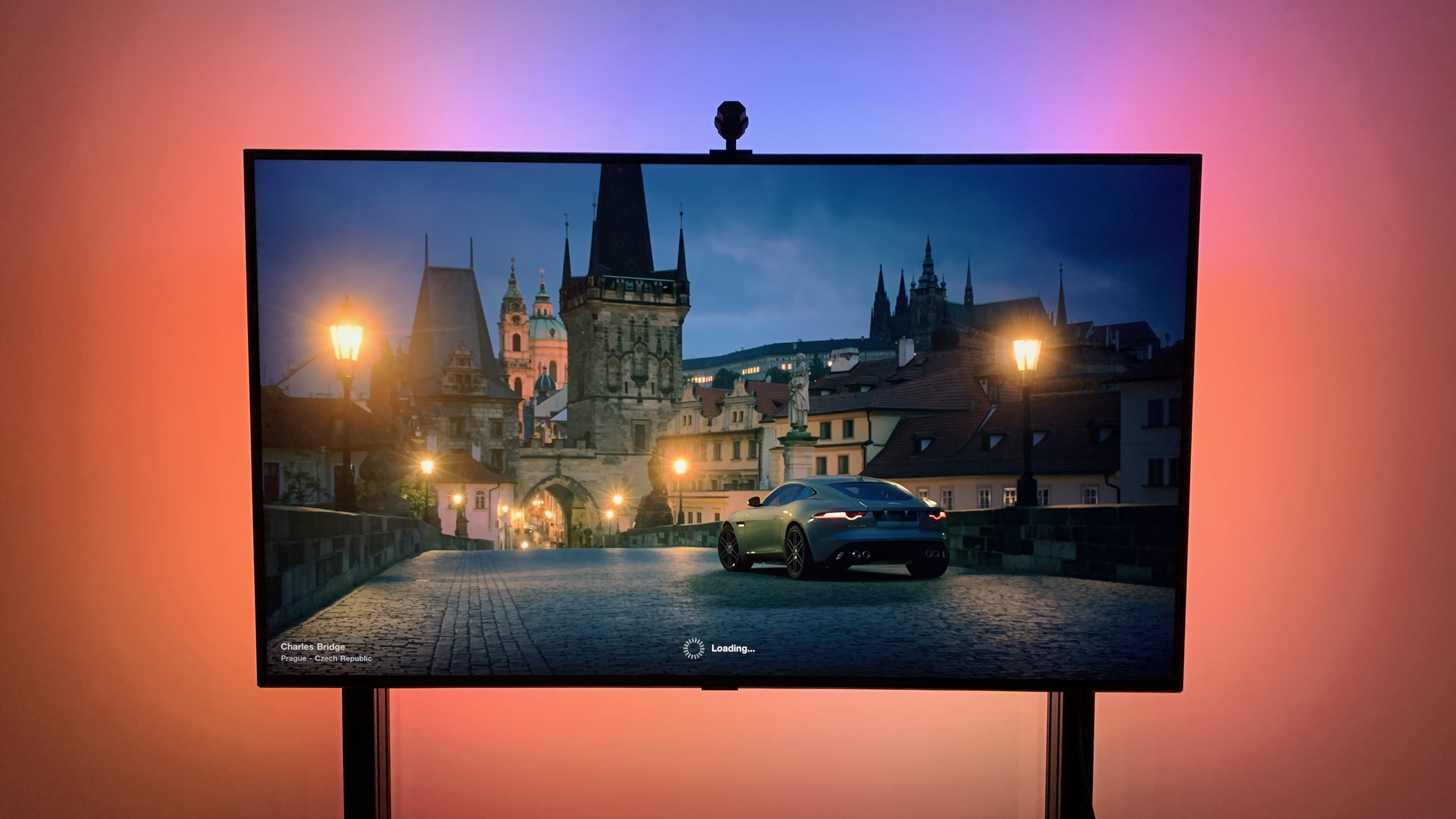
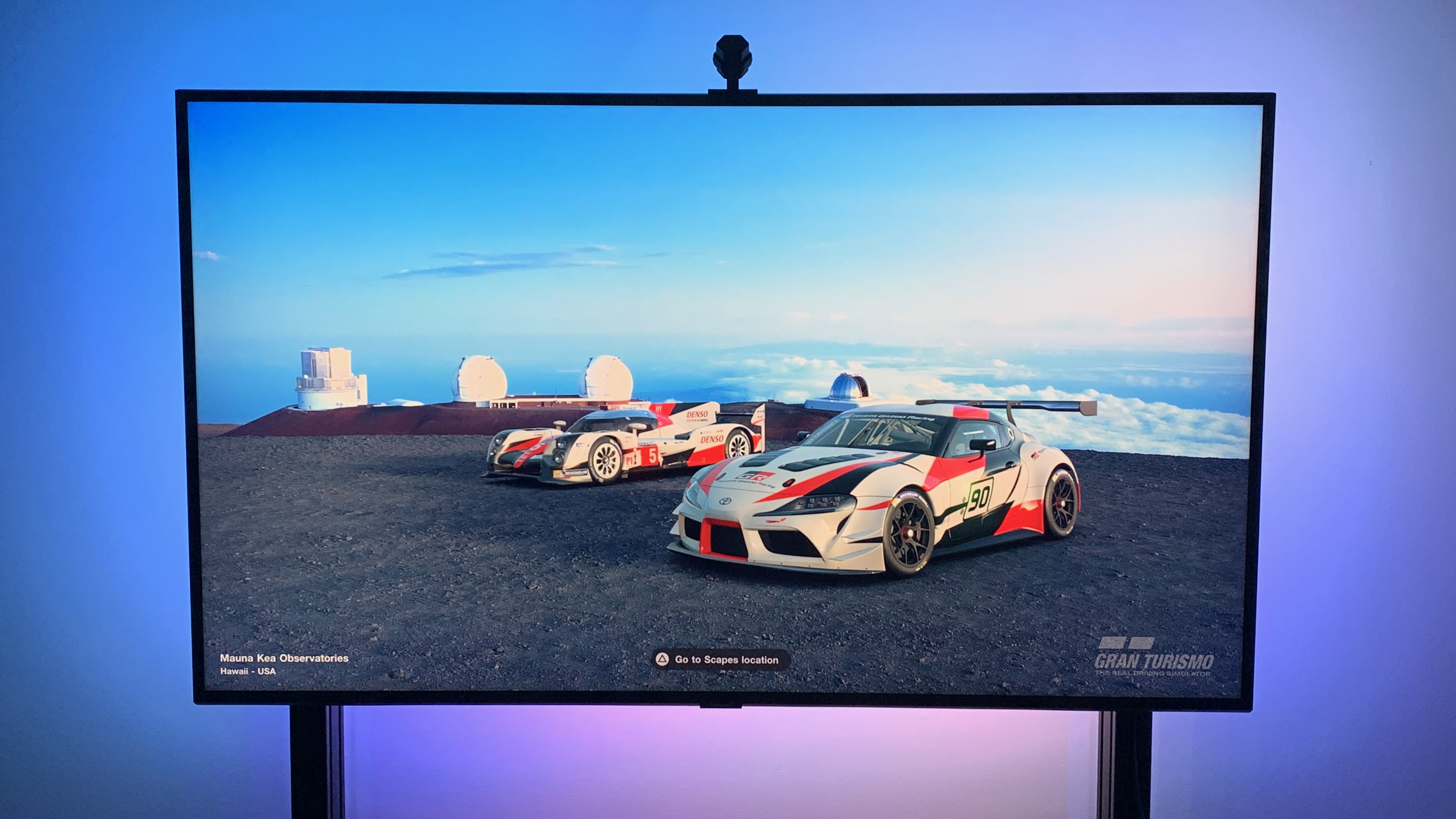
Specifications
Reasons to buy
Reasons to avoid
The Nanoleaf 4D screen mirror and lightstrip kit surrounds your TV or gaming monitor with light, and uses a camera mounted either above or below the screen so it can extend the image onto your walls. It's a smart setup, and produces an effect very similar to a Philips Ambilight TV without the expense of upgrading your whole setup.
We found the Nanoleaf 4D system straightforward to set up, with adhesive light strips to stick around the back of your TV, and a mobile app that lets you map them, set palettes, create scenes using themes or keywords, and start screen mirroring.
The 4D lights can also sync with other Nanoleaf products, so if you have Nanoleaf Shapes lighting panels or Essentials bulbs in the room, you can create a great looking and immersive setup.
Read our full Nanoleaf 4D review
The best smart light for your bedroom
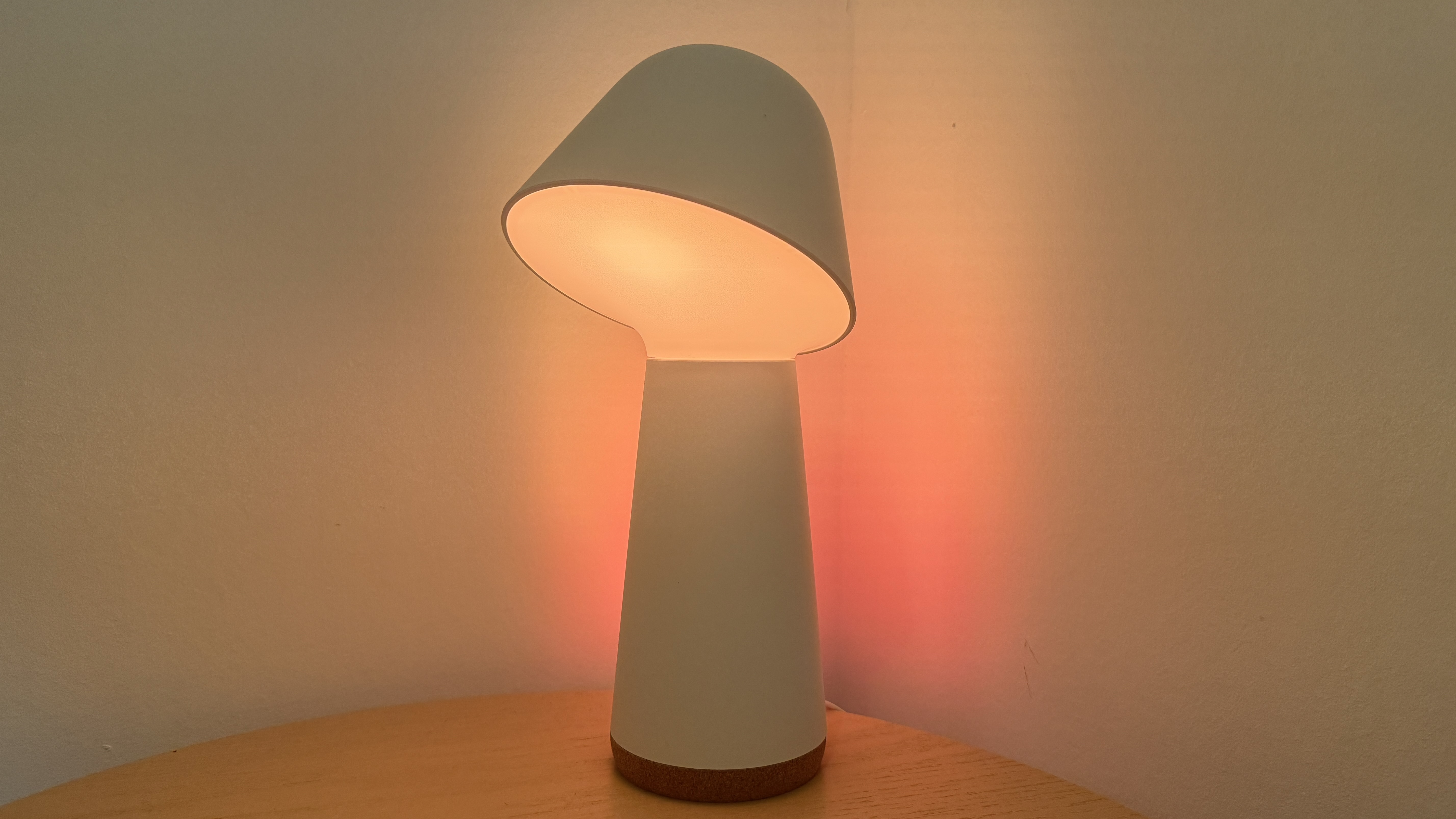
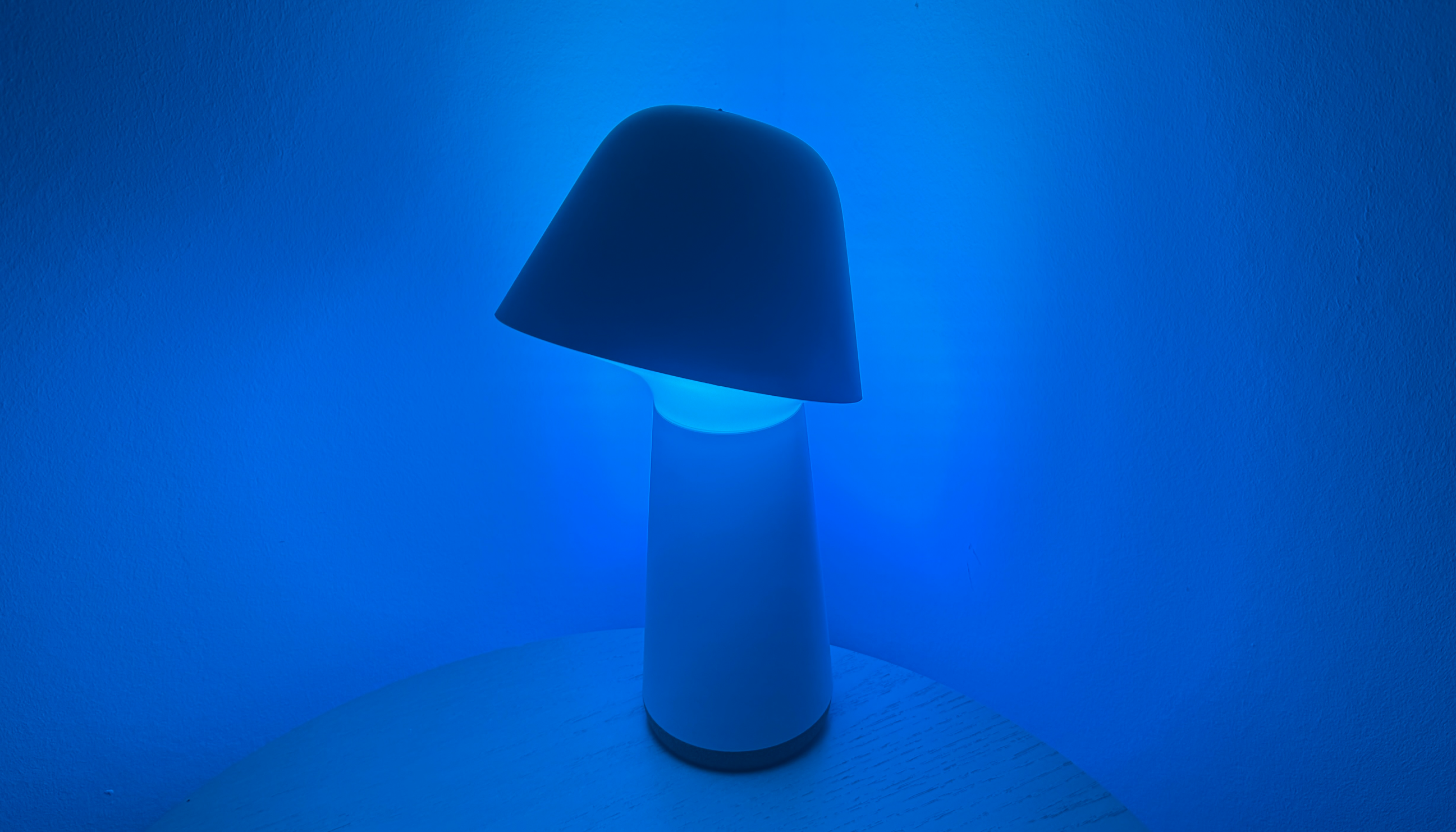

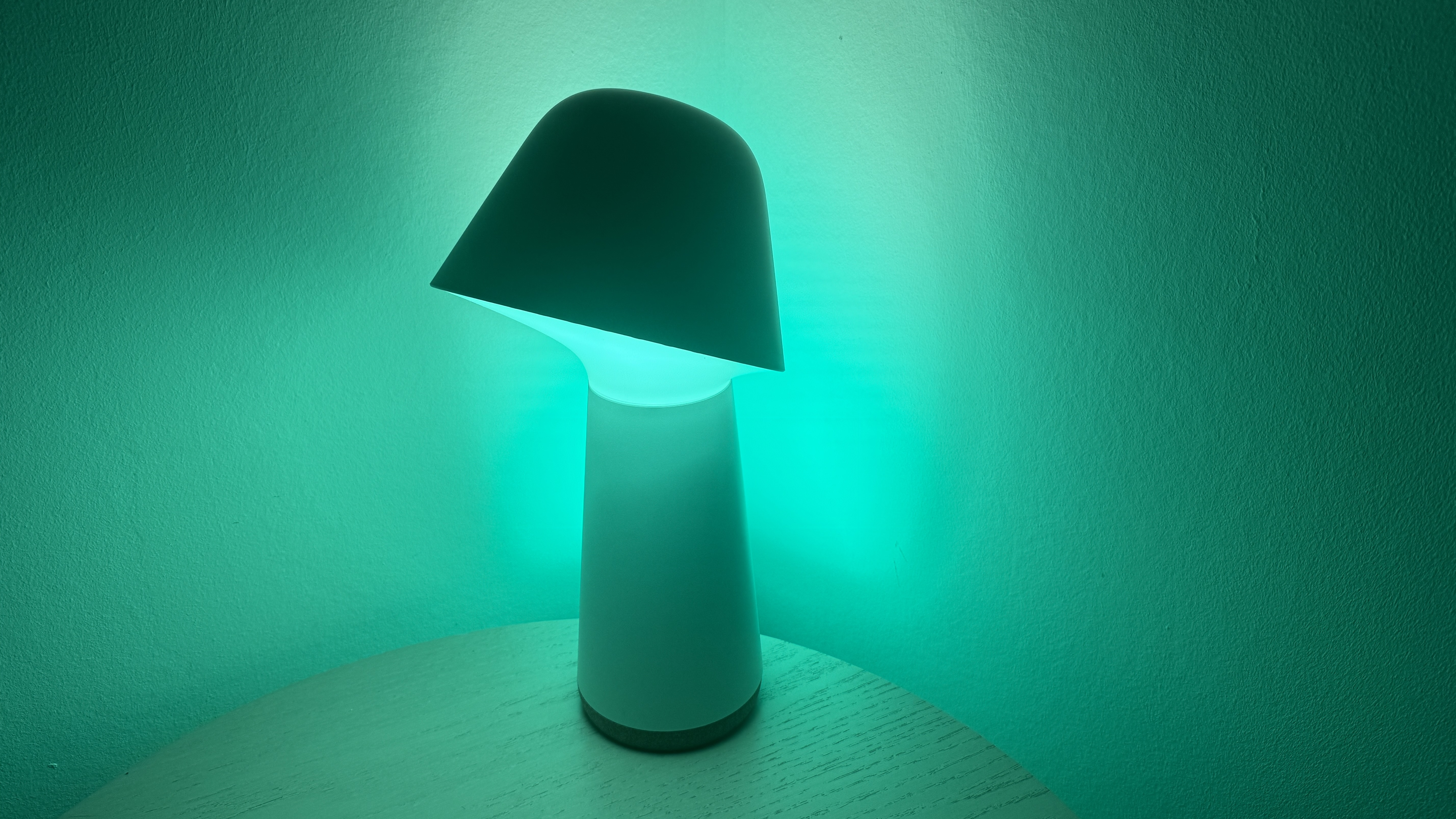
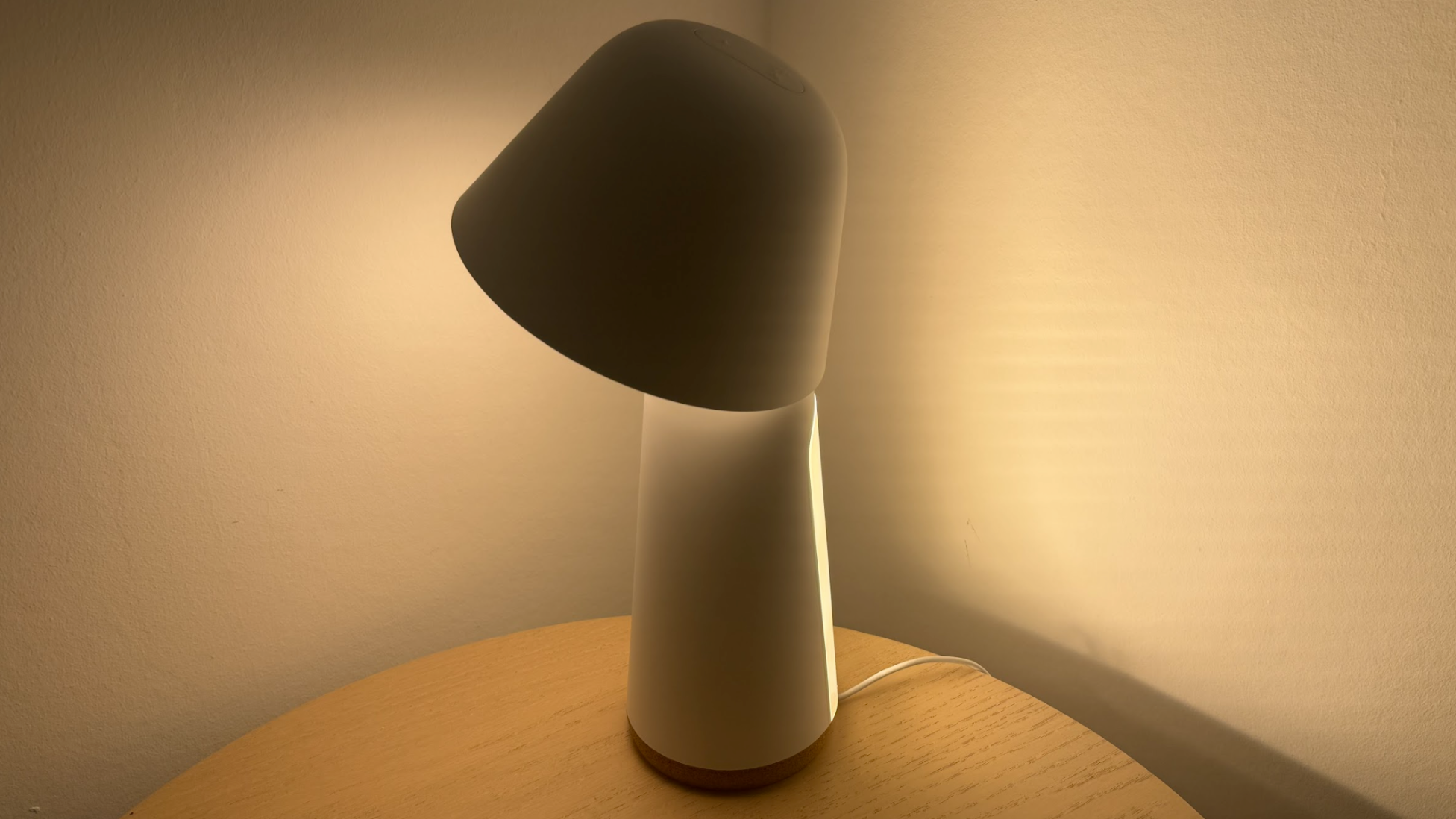
Specifications
Reasons to buy
Reasons to avoid
The Twilight is one of the best wake-up lights we've tested, with a remarkably realistic sunrise effect that starts with a very dim blue light that increases in brightness and warmth gradually and smoothly so you aren't jolted awake.
In addition to its main downward-pointing light, which lets it double as a reading lamp, the Twilight has a set of LEDs at the back that project a wash of colored light onto your wall, helping add to the ambience.
There are also night-time scenes included, which are designed to help you wind down before bed, and can be activated with a simple tap of a button.
It's a superb smart lamp that will get your day off to a more gentle start. The only real drawback is the price; at $279 / £249 it's also the most expensive wake-up lamp we've reviewed.
Read our full Philips Hue Twilight review
The best smart Christmas lights
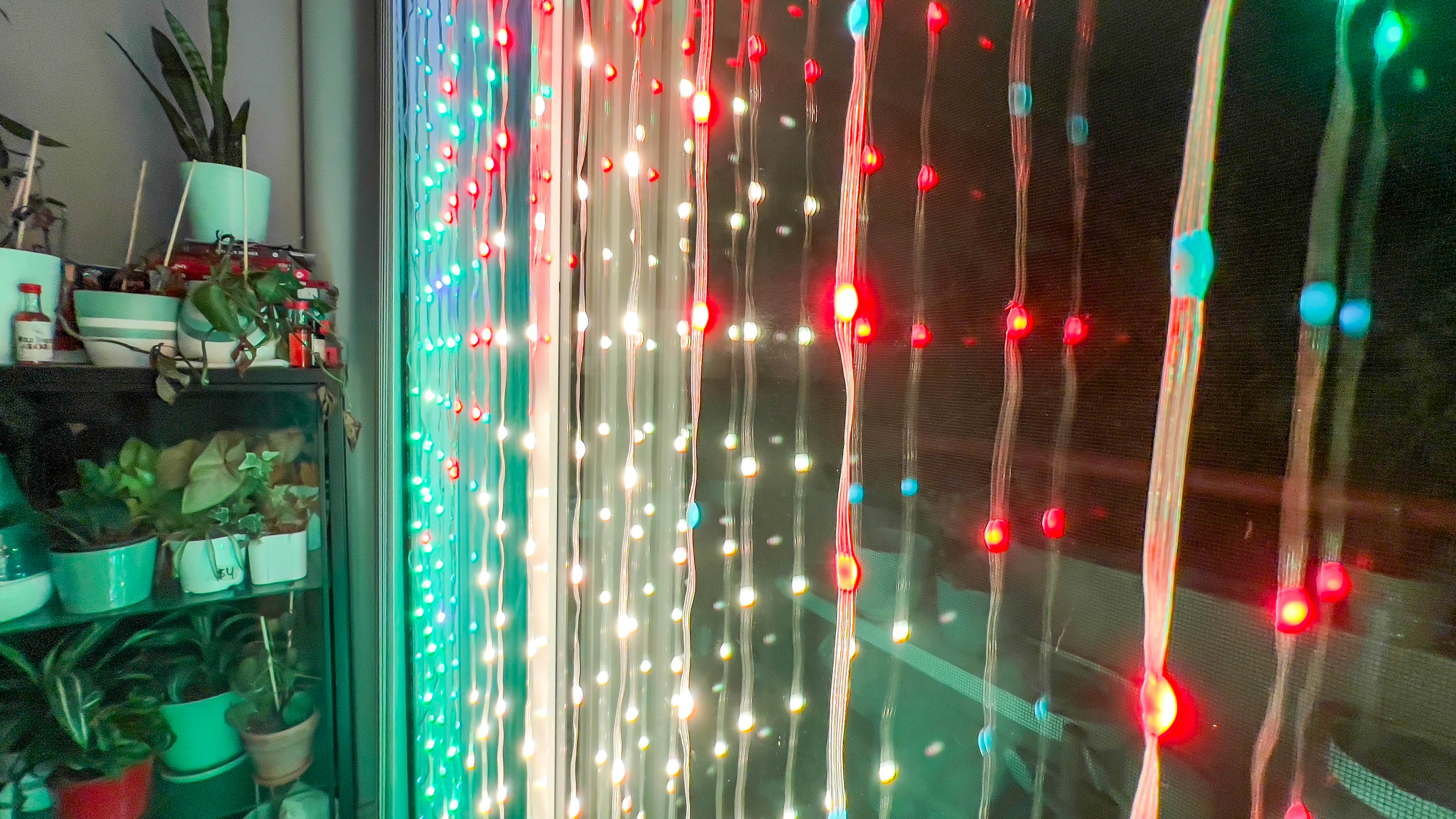
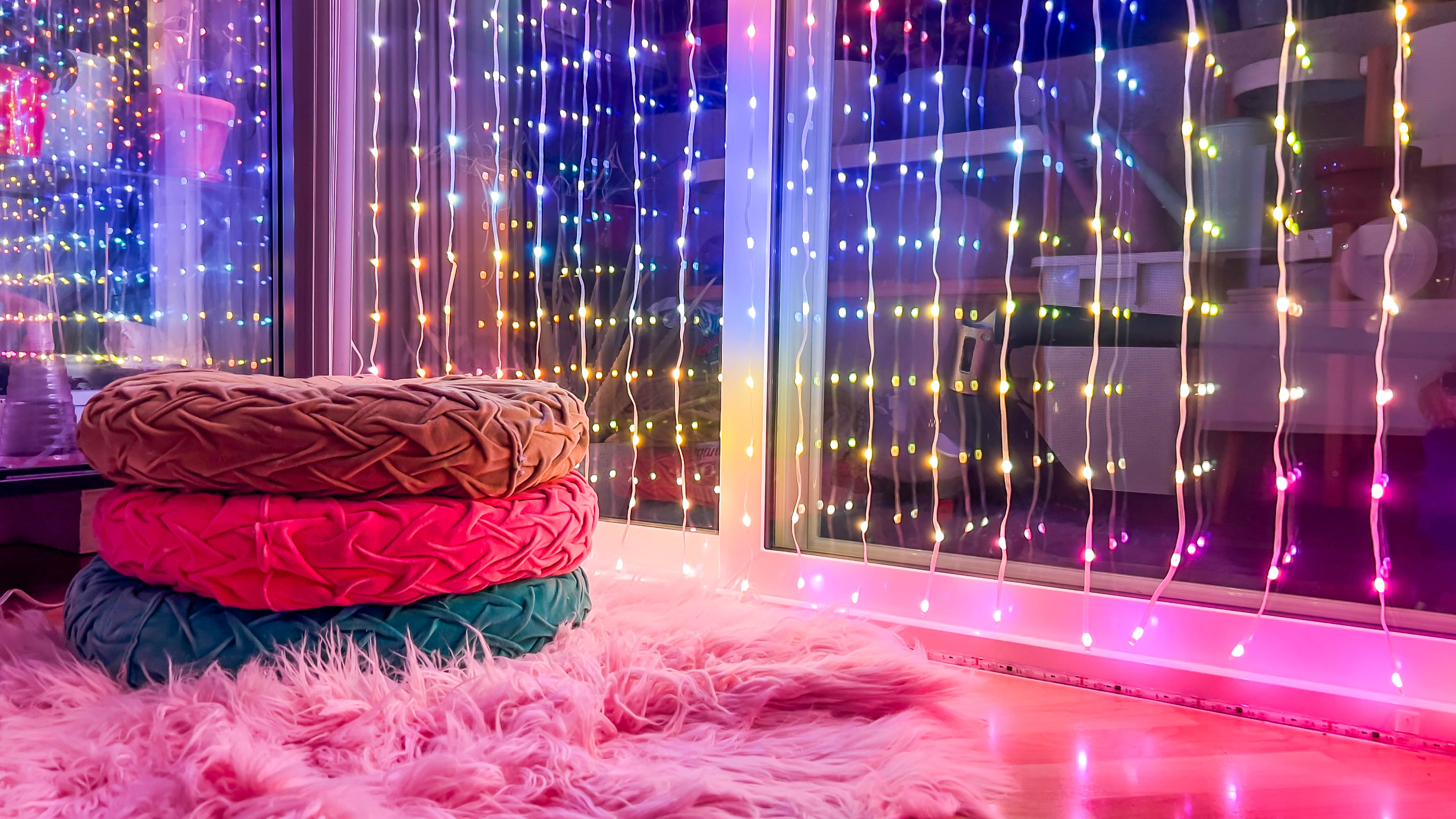
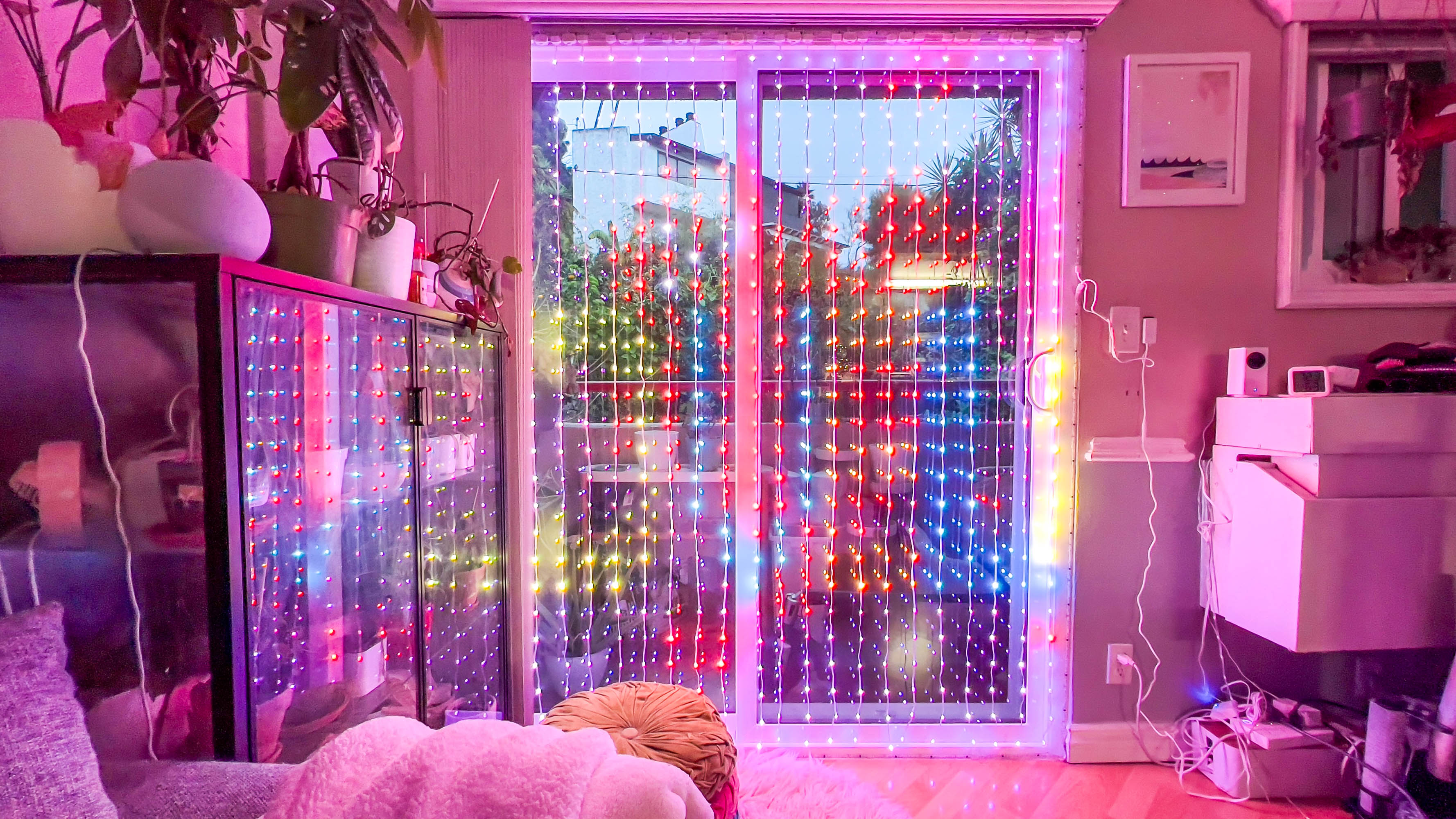
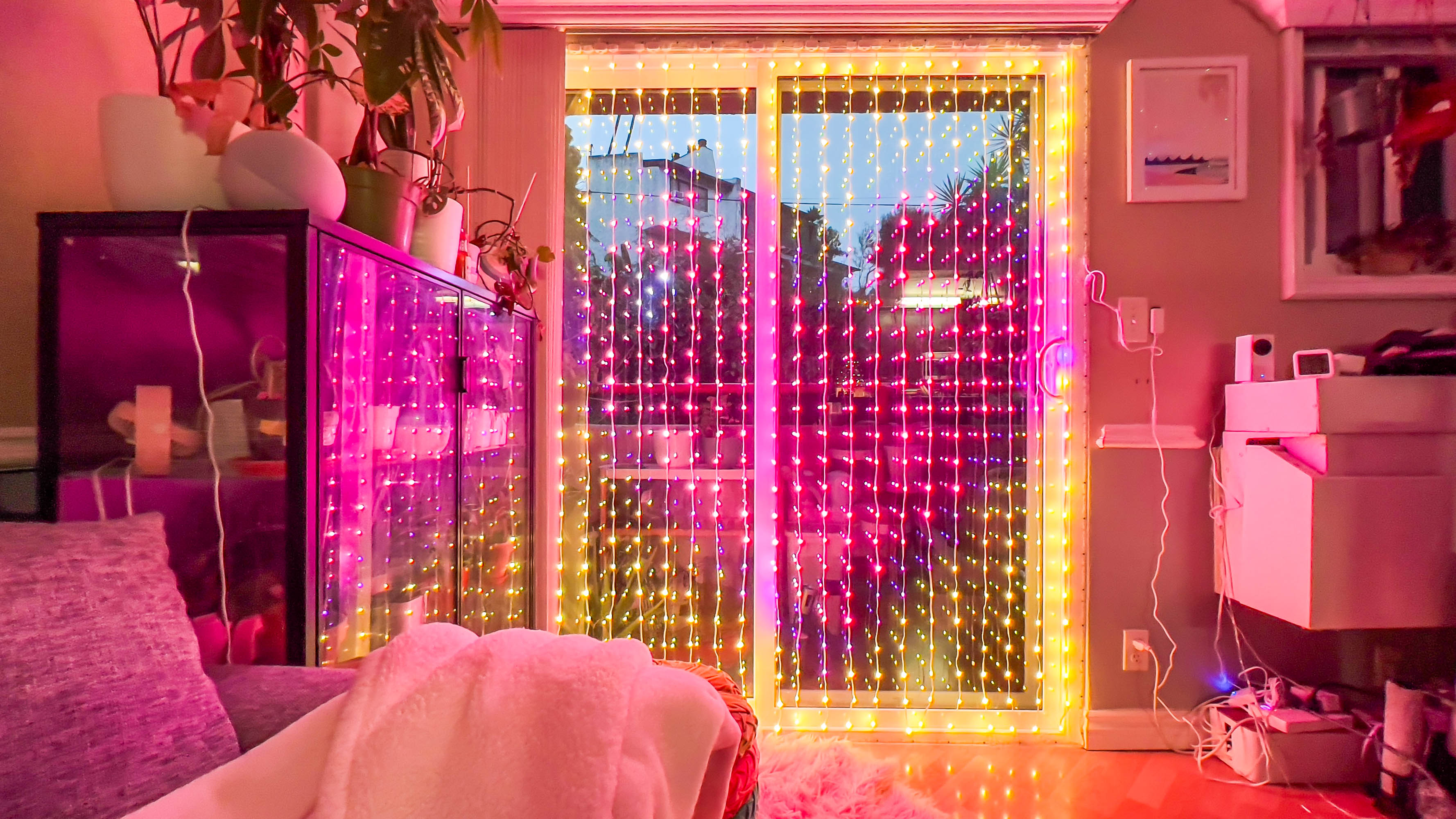
Specifications
Reasons to buy
Reasons to avoid
The Govee Curtain Lights certainly make a splash, and although we particularly enjoyed using them during the festive season they're great fun all year round - whether you want to sync them with music for a party, or just add some cozy ambience while you settle down to read a book.
The curtain is made up of 20 fine strands, with 26 light beads embedded in each one. These are incredibly customizable, letting you not only set patterns and effects, but even use them as a screen to display images and animations (like a Christmas tree, a wreath, or a heart for Valentine's Day).
They were so easy to set up, we thought we must have missed a step (we hadn't) and Govee's app is straightforward to use. They're compatible with Alexa and Google Home too, so you can control them with voice commands.
If you want something smaller, our guide to smart Christmas lights is packed with more seasonal options.
Read our full Govee Curtain Lights review
How to choose a smart light
How to choose the best smart light bulb for you
When it comes to selecting the right smart lights for you, there are a number of things to think about before choosing a particular model.
Start by checking the type of fitting the smart light bulb has and whether it's compatible with your existing lighting or if you’ll need to buy adapters. Also decide whether you want lights that glow one static shade or offer different tones of white, or even a multitude of colors to ensure you create the lighting effects you want in your home.
Now consider how bright the smart light bulbs are. The brightness of LED bulbs is measured in lumens unlike incandescent bulbs, which are measured in watts. With incandescent bulbs, higher wattage means a brighter light but as LED bulbs are more power efficient that’s no longer the case. As a guide an 800 lumen LED bulb gives off the same amount of light as a 60w incandescent bulb, while to replace a 40w bulb with light of a similar brightness, look for an LED option that offers 450 lumens.
Some smart light bulbs connect to the internet via Wi-Fi and can be controlled when you’re at home, and when you’re not around. However, other models use Bluetooth and require extra kit if you want to switch them on and off remotely.
It’s also worth noting that not all smart lights integrate with all voice assistants, so if you already have Alexa, Google Assistant or Siri (through Apple Homekit) in your home consider whether the smart lights you’ve selected are compatible. Many are, but some will require additional hardware – so for example Hue smart lights and IKEA TRADFRI lights need to connect to HomeKit via a wireless bridge.
Also consider whether they will work with other smart home devices you have installed, such as home security cameras, video doorbells and smart lights.
Are smart lights worth the money?
Smart light bulbs are more expensive than traditional incandescent bulbs, which may leave you wondering if they are worth the money. However, we think they very much are worth it.
As we've already mentioned, the best smart light bulbs are LED, which have a longer lifespan than their incandescent counterparts. On top of that they also use less energy, which is not only good for the environment, but also has less of an impact on your wallet too. When you couple this with a longer lifespan, the investment in smart lights is most definitely worth it.
How do smart light bulbs work?
Smart lights use wireless technologies to connect to your smartphone, letting you control them using an app. Depending on which light you choose, you might be able to toggle it on and off, adjust its brightness, change its color, add it to a schedule, or even synchronize it to music.
Some smart lights use Bluetooth to pair directly to your phone, while others connect to a Wi-Fi hub that allows you to use them remotely, or connect them to a third-party smart home platform like Amazon Alexa, Google Home, or Apple HomeKit.
Our article about how smart lights work offer further in-depth reading.
Can you put smart bulbs in any lamp?
In most cases its possible to replace your existing bulb with a smart light, however you will need to check that the smart light is available in the same fitting your current bulb uses. Most smart lights come in screw or bayonet fitting, while some brands also offer GU10s and Candle Bulbs.
In some cases, smart light bulbs are bulkier that standard bulbs, for example the LIFX A19/A60 bulb, which may mean in some cases it protrudes from your existing lamp or shade - a look, which you may not be happy with. So always check the dimensions of the smart light against your existing bulb.
It's also important to remember, that once you swap out an existing bulb for a smart light and pair it with the relevant app, you'll need to use the app or a voice assistant to turn it on and off. If you use the light's own switch, once its turned off, it can no longer be controlled by the app or compatible voice assistant.
How we test smart lights
To compare the best smart lights we evaluate how simple they are to install and control. We assess how quickly they respond to commands such as dimming or brightening the smart light bulbs, as well as changing the color and creating groups of smart light bulbs that can be controlled at the same time, both when we're at home and when we’re away from our property.
We also assess each design on any voice control capabilities and it’s home automation features. For each model we wanted to know how much choice in different light fittings were offered, the extra kit such as hubs, dimmer switches and motions that’s also available for the smart lights and that it didn’t require reading a thick instruction manual before use.
Sign up for breaking news, reviews, opinion, top tech deals, and more.

Cat is TechRadar's Homes Editor specializing in kitchen appliances and smart home technology. She's been a tech journalist for 15 years, having worked on print magazines including PC Plus and PC Format, and is a Speciality Coffee Association (SCA) certified barista. Whether you want to invest in some smart lights or pick up a new espresso machine, she's the right person to help.
- Josephine WatsonManaging Editor, Lifestyle